|
|
Boeing Commercial Airplanes
Boeing Commercial Airplanes (BCA) is a division of the Boeing Company. It designs, assembles, markets, and sells jet airliners and business jets (Boeing Business Jets); it also provides product-related maintenance and training to customers worldwide. It operates from division headquarters in Renton, Washington, with more than a dozen engineering, manufacturing, and assembly facilities located throughout the U.S. and internationally. BCA includes the assets of the Douglas Aircraft division of the former McDonnell Douglas Corporation, which merged with Boeing in 1997. In late 2016, BCA was home to some 78,000 employees.
717 | 727 |
737 | 747 |
757 | 767 |
777 | 787
Boeing 717
The Boeing 717 is a twin-engine, single-aisle jet airliner, developed for the 100-seat market. The airliner was designed and originally marketed by by McDonnell Douglas as the MD-95, a derivative of the DC-9 family. Capable of seating up to 134 passengers, the 717 has a design range of 3,815 km. It is powered by two Rolls-Royce BR715 turbofan engines mounted at the rear of the fuselage.
The airliner entered service in 1999 as the Boeing 717. Production ceased in May 2006 after 156 were built.
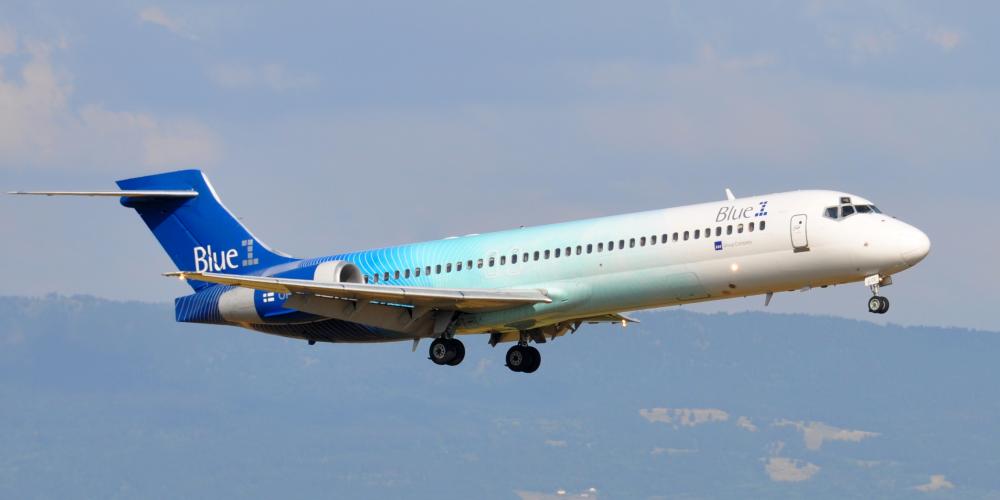
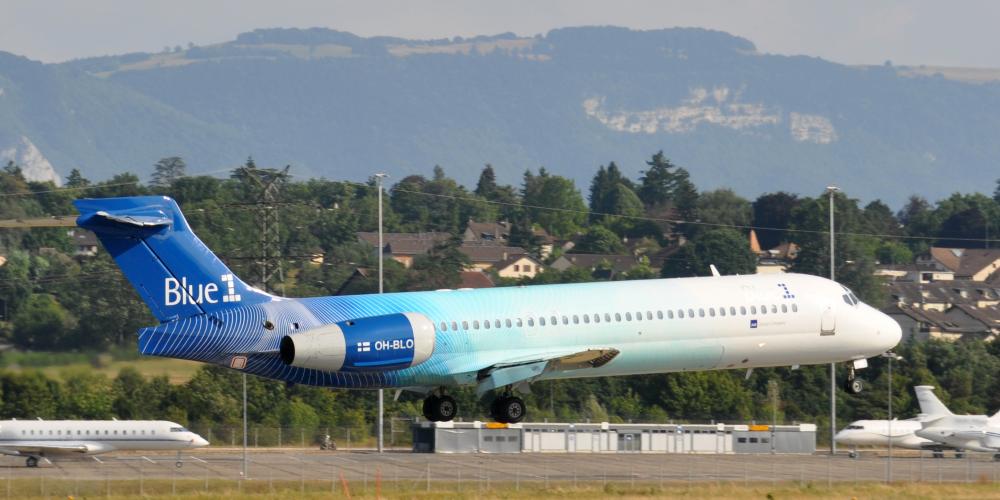
Boeing 717-2K9, registration OH-BLO, built 1999, serial number 55056
Cointrin (GVA), Geneva, Switzerland, 19 July 2015
717 | 727 |
737 | 747 |
757 | 767 |
777 | 787
Boeing 727
The Boeing 727 is a midsized, narrow-body three-engined jet aircraft built from the early 1960s to 1984. It can carry 149 to 189 passengers and later models can fly up to 5,000 km nonstop. Intended for short and medium-length flights, the 727 can use relatively short runways at smaller airports. It has three Pratt & Whitney JT8D engines below the T-tail, one on each side of the rear fuselage with a center engine that connects through an S-duct to an inlet at the base of the fin. The 727 is Boeing's only trijet aircraft.
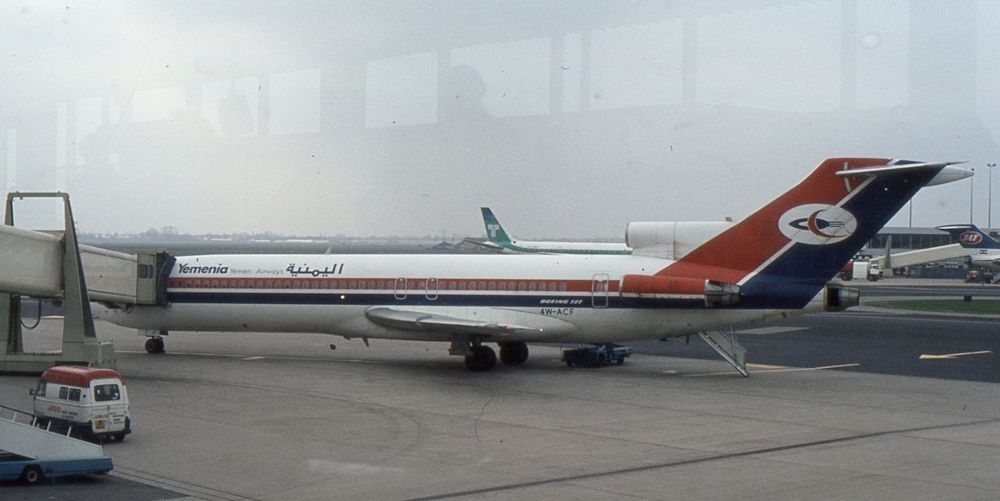
Boeing 727-2NB, registration 4W-ACF, built 1979, serial number 21847
Schiphol (AMS), Amsterdam, Netherlands, 2 April 1983
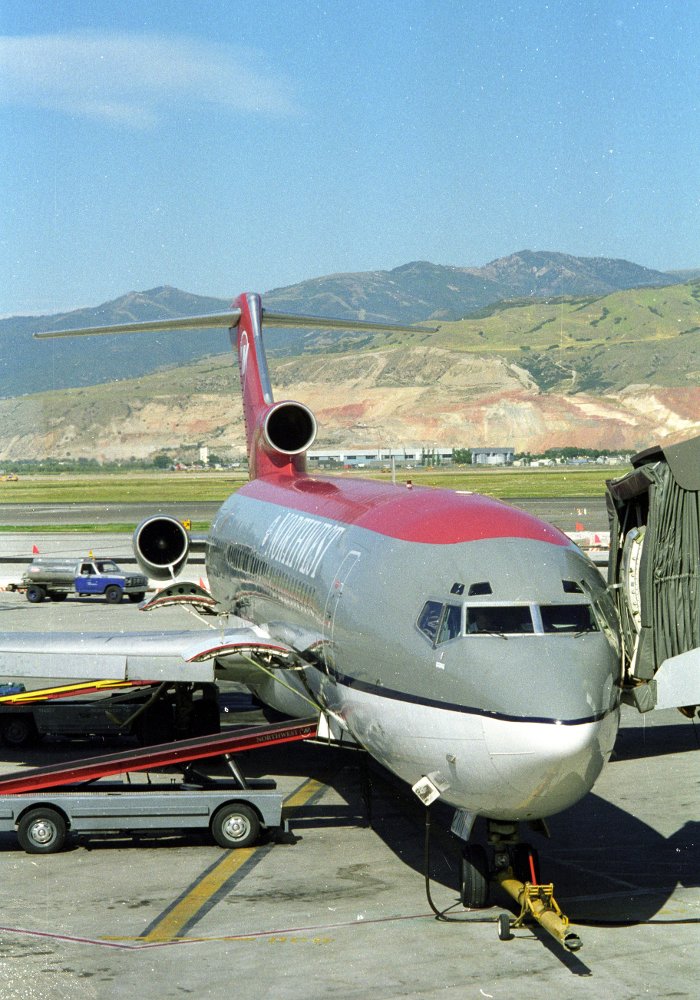
Boeing 727-2S7, registration N715RC, built 1980, serial number 22019
Salt Lake City International Airport (SLC), Salt Lake City, UT, USA, 15 August 1997
717 | 727 |
737 | 747 |
757 | 767 |
777 | 787
Boeing 737
The Boeing 737 is an American short- to medium-range twinjet narrow-body airliner. Originally developed as a shorter, lower-cost twin-engine airliner derived from Boeing's 707 and 727, the 737 has developed into a family of ten passenger models with capacities from 85 to 215 passengers. The 737 is Boeing's only narrow-body airliner in production, with the 737 Next Generation (-700, -800, and -900ER) and the re-engined and redesigned 737 MAX variants currently being built (October 2018).
Originally envisioned in 1964, the initial 737-100 made its first flight in April 1967 and entered airline service in February 1968 at Lufthansa. Next, the lengthened 737-200 entered service in April 1968. These are referred to as the 737 Original series.
In the 1980s Boeing launched the -300, -400, and -500 models, subsequently referred to as the 737 Classic series. The 737 Classics added capacity and incorporated CFM56 turbofan engines along with wing improvements.
In the 1990s, Boeing introduced the 737 Next Generation series, with multiple changes including a redesigned, increased span laminar flow wing, upgraded "glass" cockpit, and new interior. The 737 Next Generation comprises the four -600, -700, -800, and -900 models, ranging from 31.09 m to 42.06 m in length. Boeing Business Jet (BBJ) versions of the 737 Next Generation are also produced.
The 737 MAX series is the fourth generation of the 737, succeeding the Boeing 737 Next Generation. After Airbus launched the Airbus A320neo family in December 2010, achieving 1,029 orders by June 2011 and breaking Boeing's monopoly with American Airlines with an order for 130 A320neos that July, Boeing launched the 737 MAX program on August 30, 2011. The first flight was on January 29, 2016 and it gained FAA certification on March 8, 2017. The first delivery was a MAX-8 on May 6, 2017 to Malindo Air, which put it into service on May 22, 2017. In March 2019, the 737 MAX was grounded worldwide after two fatal crashes (Lion Air on 29 October 2018 and Ethiopian Airlines on 10 March 2019) within a five-month period. The day after the Ethiopian Airlines crash, a subpoena (witness summons) was issued by a U.S. grand jury. On March 19, 2019, the Department of Transportation requested the Office of Inspector General to conduct an audit on the 737 MAX certification process and Congress also announced an investigation into the same process. The FBI has joined the criminal investigation into the certification as well. Concerns have also been expressed in relation to FAA rules that allowed Boeing to extensively "self-certify" aircraft.
The Boeing Business Jet series are variants of Boeing jet airliners for the corporate jet market.
The 737 series is the best-selling jet commercial airliner in history. The 737 has been continuously manufactured by Boeing since 1967 with 9,365 aircraft delivered and 4,430 orders yet to be fulfilled as of January 2017. Assembly of the 737 is performed at the Boeing Renton Factory in Renton, Washington.
737: Original | Classic |
Next Generation | MAX |
BBJ | 737
Boeing 737 Original
The initial model was the 737-100. It was launched in February 1965. The -100 was rolled out on January 17, 1967, had its first flight on April 9, 1967 and entered service with Lufthansa in February 1968. The aircraft is the smallest variant of the 737. A total of 30 737-100s were ordered and delivered; the final commercial delivery took place on October 31, 1969 to Malaysia–Singapore Airlines. No 737-100s remain in commercial service. The original Boeing prototype, last operated by NASA and retired more than 30 years after its maiden flight, is on exhibit in the Museum of Flight in Seattle.
The 737-200 is a 737-100 with an extended fuselage, launched by an order from United Airlines in 1965. The -200 was rolled out on June 29, 1967, and entered service at United in April 1968. The 737-200 Advanced is an improved version of the -200, introduced into service by All Nippon Airways on May 20, 1971. The -200 Advanced has improved aerodynamics, automatic wheel brakes, more powerful engines, more fuel capacity, and longer range than the -100. Boeing also provided the 737-200C (Cargo), which allowed for conversion between passenger and cargo use and the 737-200QC (Quick Change), which facilitated a rapid conversion between roles. The 1,095th and last delivery of a -200 series aircraft was in August 1988 to Xiamen Airlines. Many 737-200s have been phased out or replaced by newer 737 versions. In July 2018, there were a combined 58 Boeing 737-200s in service, mostly with "second and third tier" airlines, and those of developing nations.
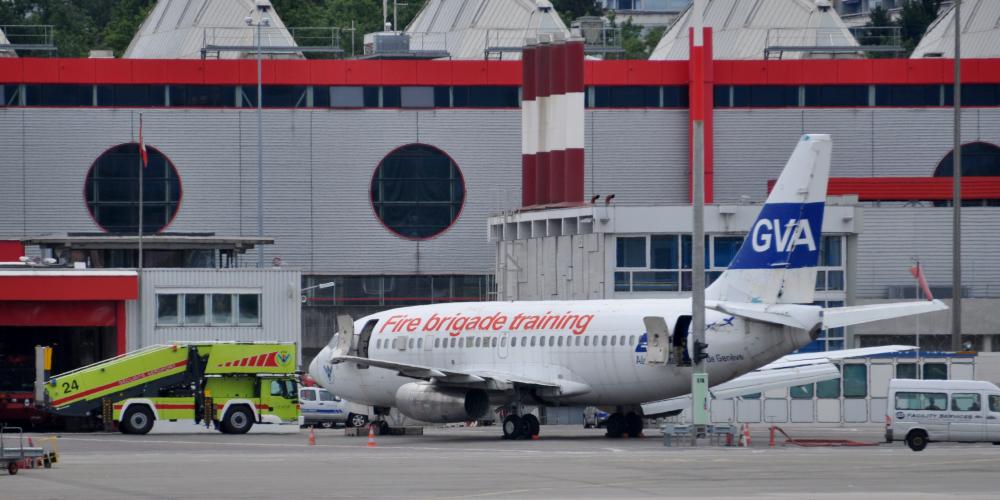
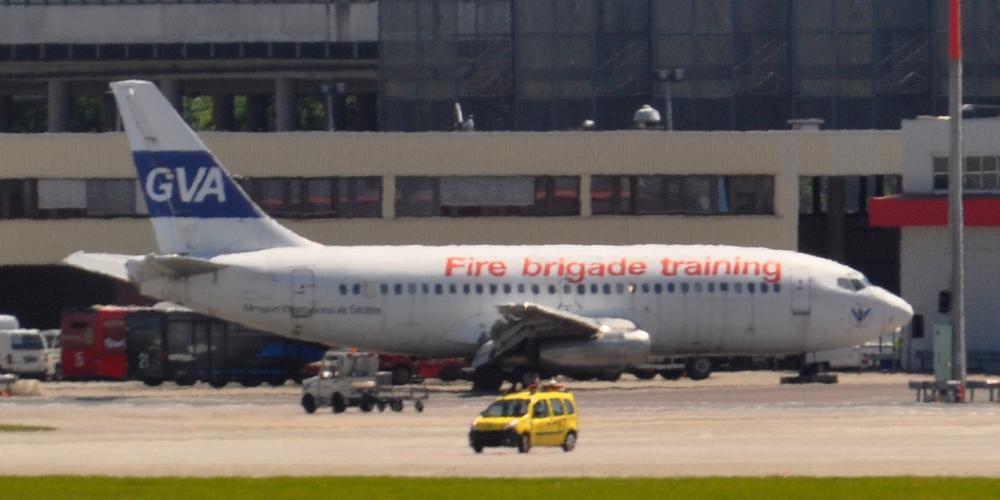
Boeing 737-222, registration HB-SSA, built 1968, serial number 19067
Cointrin (GVA), Geneva, Switzerland, 26 July 2015
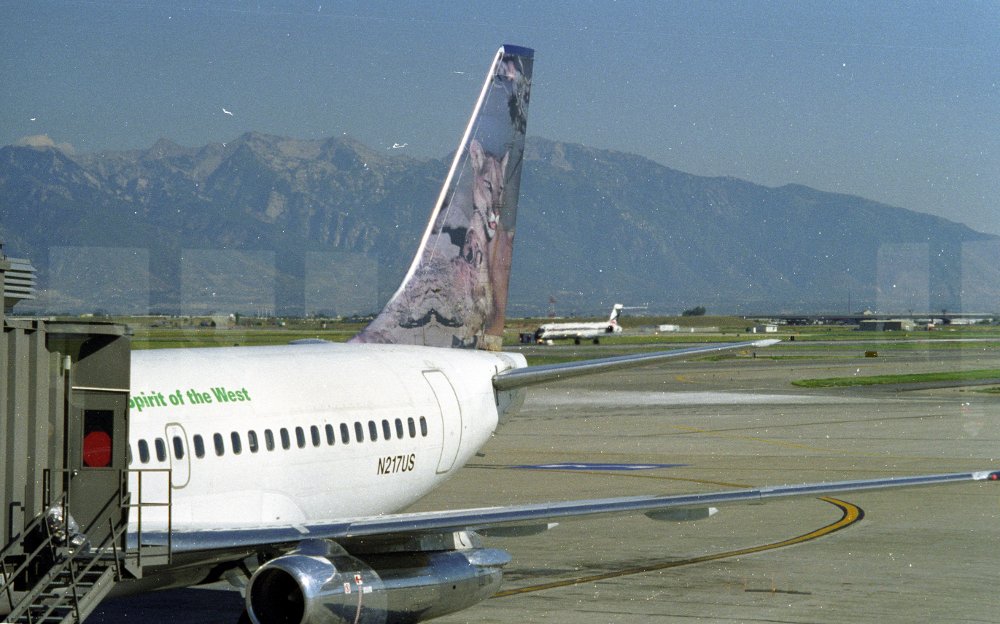
Boeing 737-201, registration N217US, built 1969, serial number 20215
Salt Lake City International Airport (SLC), Salt Lake City, UT, USA, 15 August 1997

Boeing 737-266, registration SU-AYI, built 1976, serial number 21192
Aboe Simbel (ABS), Egypt, 3 December 1976
737: Original | Classic |
Next Generation | MAX |
BBJ | 737
Boeing 737 Classic
The Boeing 737 Classic refers to the -300/-400/-500 series of the Boeing 737. It is the second-generation derivative of the 737, following the original -100/-200 models that began production in 1966. They are short- to medium-range, narrow-body jet airliners. Produced by Boeing Commercial Airplanes from 1984 to 2000, the 737 Classic includes three variants and can seat between 145 and 188 passengers. Improvements over the previous generation of 737 aircraft included CFM International CFM56 high-bypass-ratio turbofan engines, upgraded avionics, and increased passenger capacity (in the -300/-400 models).
The first model of the Classic series, the 737–300, entered service in 1984. It was followed by a stretched model, the 737-400, which entered service in 1988, followed by the shortened 737-500, the smallest variant in the classic series, in 1990. In total, 1,988 aircraft were delivered. The Classic series was introduced as the new generation of the 737, but following the introduction of the 737 Next Generation in the mid-1990s, was officially designated as the 737 Classic series.
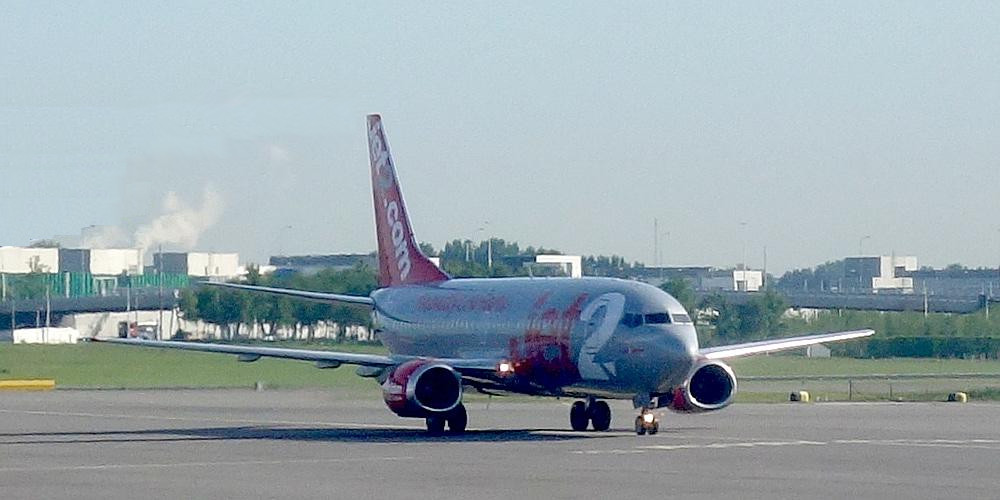
Boeing 737-33A, registration G-CELE, built 1988, serial number 24029
Schiphol (AMS/EHAM), Amsterdam, Netherlands, 15 May 2017
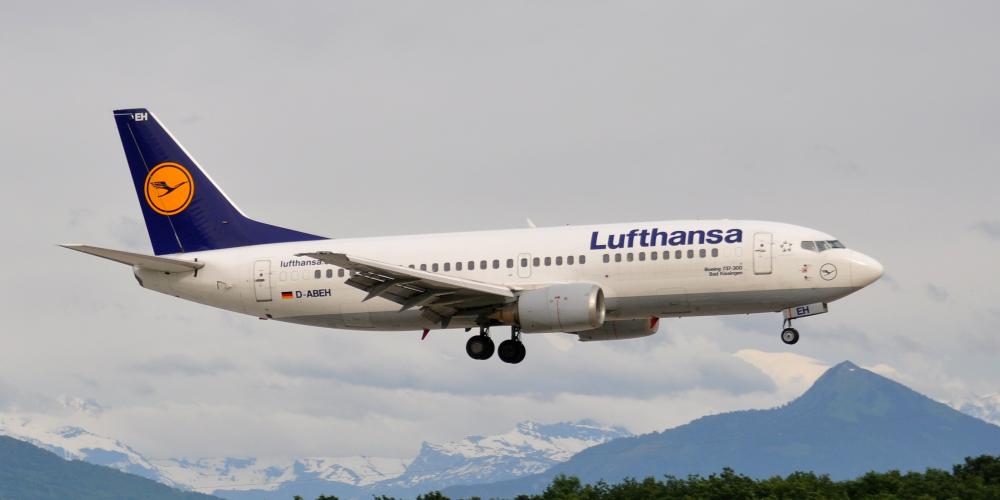
Boeing 737-330, registration D-ABEH, built 1991, serial number 25242
Cointrin (GVA/LSGG), Geneva, Switzerland, 15 June 2016
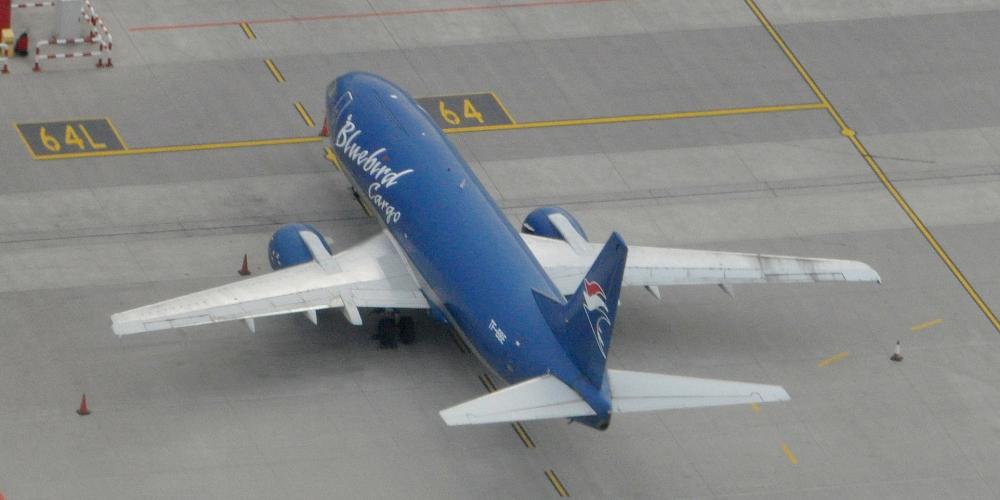
Boeing 737-36E/F, registration TF-BBE, built 1991, serial number 25256
Warsaw Chopin Airport (WAW/EPWA), Warsaw, Poland, 16 June 2017
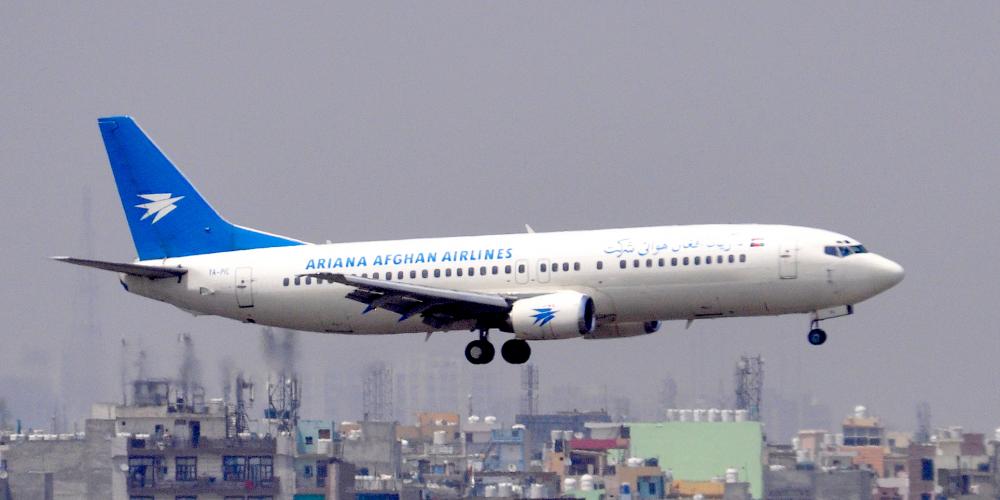
Boeing 737-4Y0, registration YA-PIC, built 1993, serial number 26088
Indira Gandhi International Airport (DEL, VIDP), Delhi, India, 30 April 2018

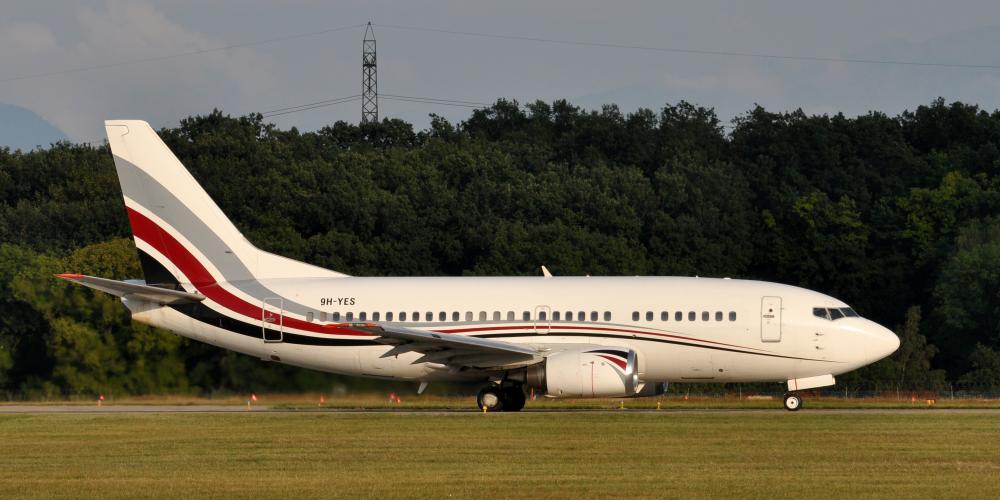
Boeing 737-5Q8, registration 9H-YES, built 1991, serial number 25167
Cointrin (GVA/LSGG), Geneva, Switzerland, 28 July 2018
737: Original | Classic |
Next Generation | MAX |
BBJ | 737
Boeing 737 Next Generation
The Boeing 737 Next Generation, commonly abbreviated as 737NG, or 737 NextGen, is the name given to the -600/-700/-800/-900 series of the Boeing 737 airliner. It is the third generation derivative of the 737, and follows the 737 Classic (-300/-400/-500) series, which began production in the 1980s. They are short- to medium-range, narrow-body jet airliners powered by two engines. Produced since 1996 by Boeing Commercial Airplanes, the 737NG series includes four variants and can seat between 110 and 210 passengers.
Formally launched in 1993, the 737NG is an upgrade of the preceding 737 Classic models featuring a redesigned wing that is larger in area, with a wider wingspan, and greater fuel capacity. It is equipped with CFM56-7 series engines, a glass cockpit, and features upgraded and redesigned interior configurations. Performance and capability upgrades over its predecessor include longer range, greater capacity (in its largest variants), and available higher maximum takeoff weight (MTOW) specifications.
As of July 2018, a total of 7,070 737NG aircraft have been ordered, of which 6,856 have been delivered. The remaining orders are in the -700 BBJ, -800, -800 BBJ and -900ER variants. The most common variant is the -800, which has had over 4,800 delivered as of 2018 and is the most widely used narrowbody aircraft. The 737NG's primary competition is with the Airbus A320 family. Upgraded and re-engined models in development as the 737 MAX series are eventually to supplant the 737NG, with the first 737 MAX delivered in 2017.
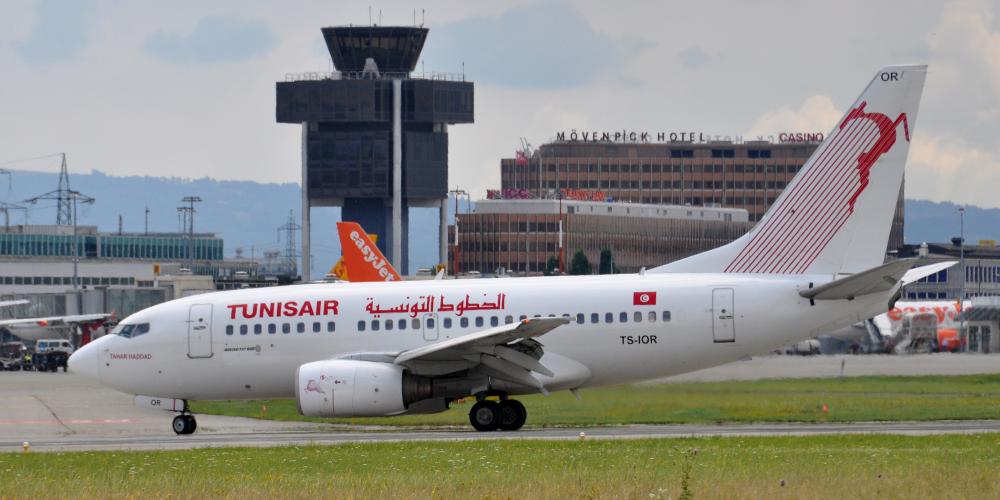
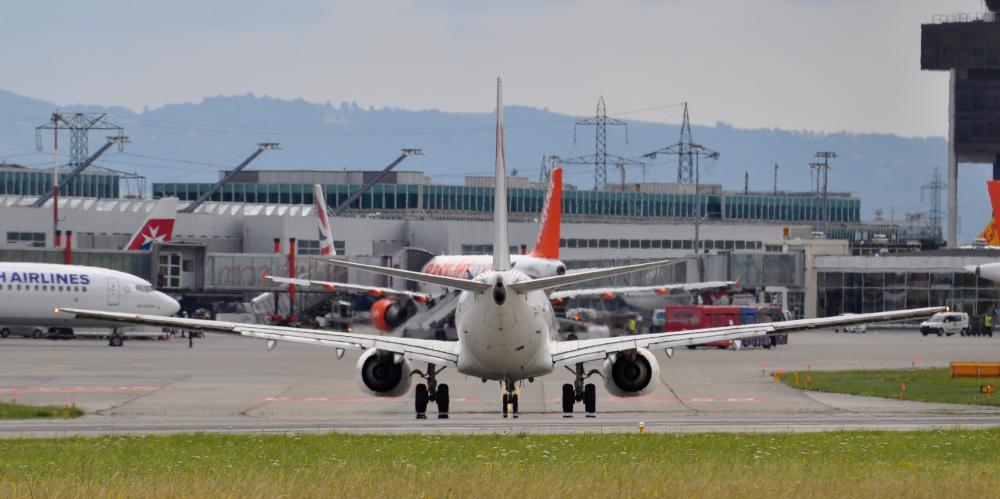
Boeing 737-6H3, registration TS-IOR, built 2001, serial number 29502
Cointrin (GVA), Geneva, Switzerland, 11 July 2017
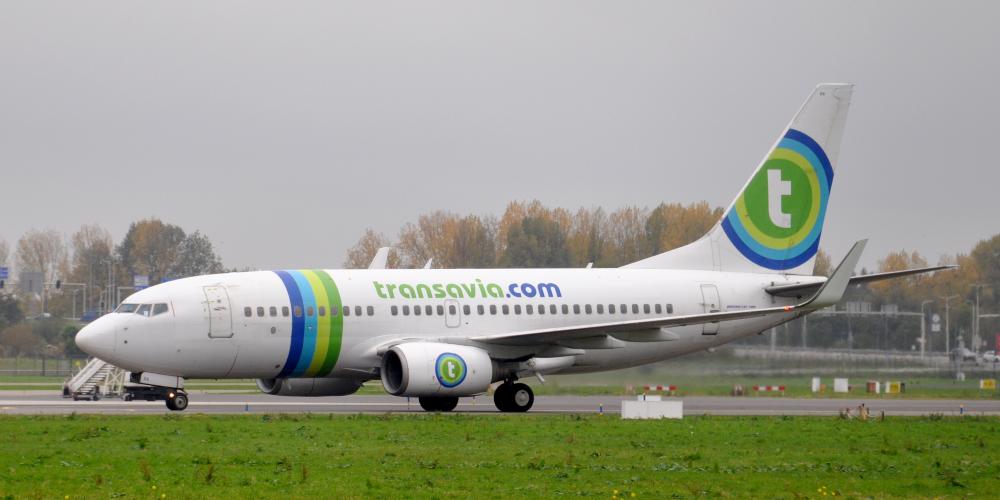
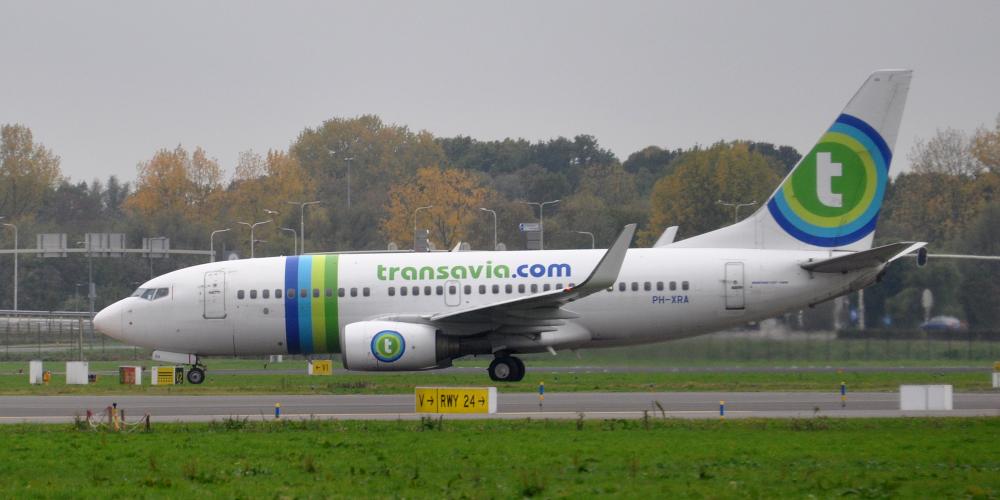
Boeing 737-7K2, registration PH-XRA, built 2001, serial number 30784
Rotterdam The Hague Airport (RTM/EHRD), Rotterdam, Netherlands, 28 October 2016
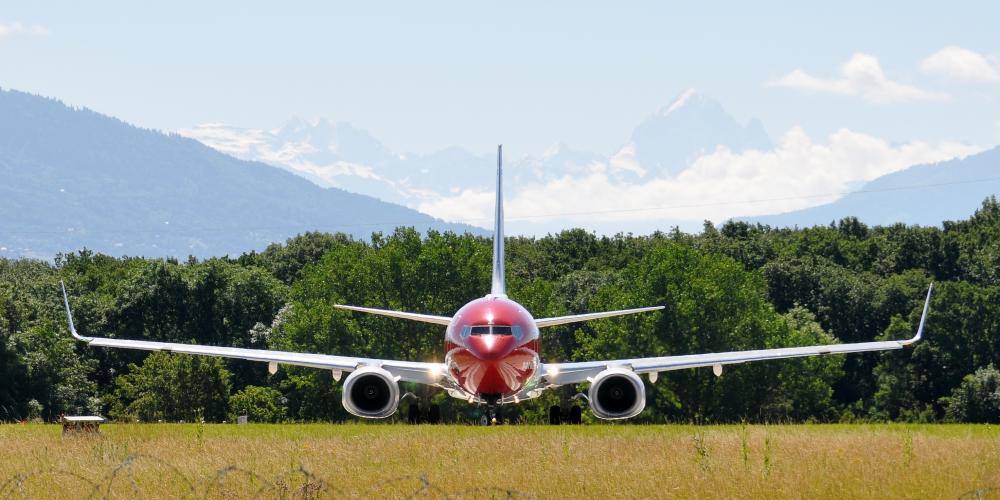
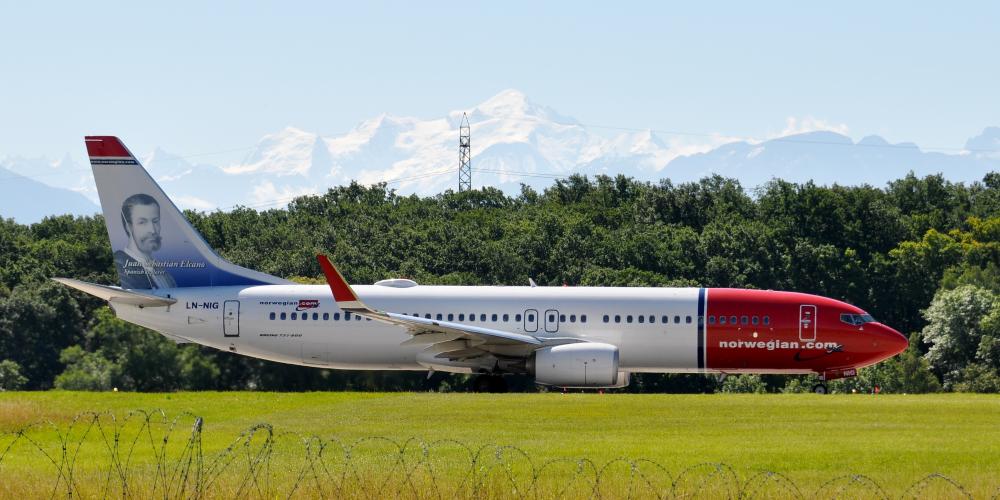
Boeing 737-8JP, registration LN-NIG, built 2014, serial number 43878
Cointrin (GVA), Geneva, Switzerland, 3 July 2016
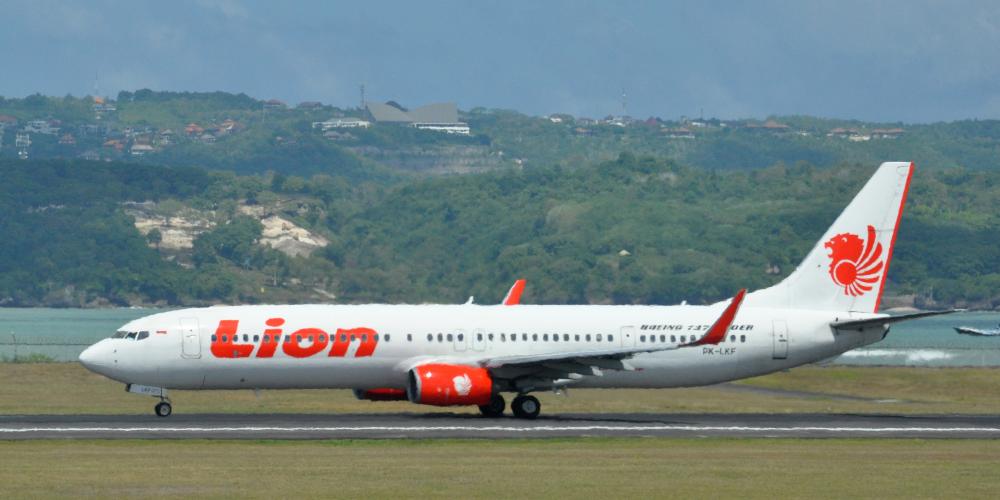
Boeing 737-9GP(ER), registration PK-LKF, built 2012, serial number 38723
Ngurah Rai International Airport (DPS/WADD), Denpasar, Bali, Indonesia, 17 May 2016
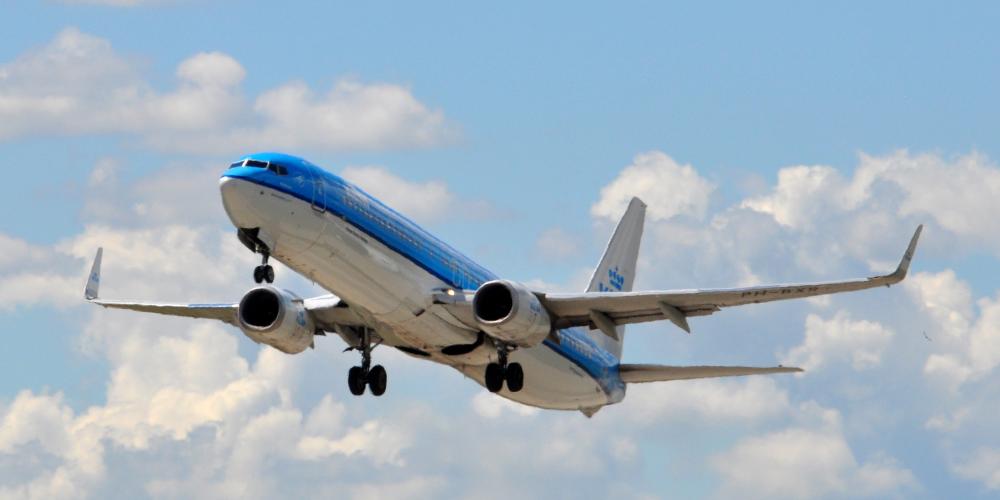
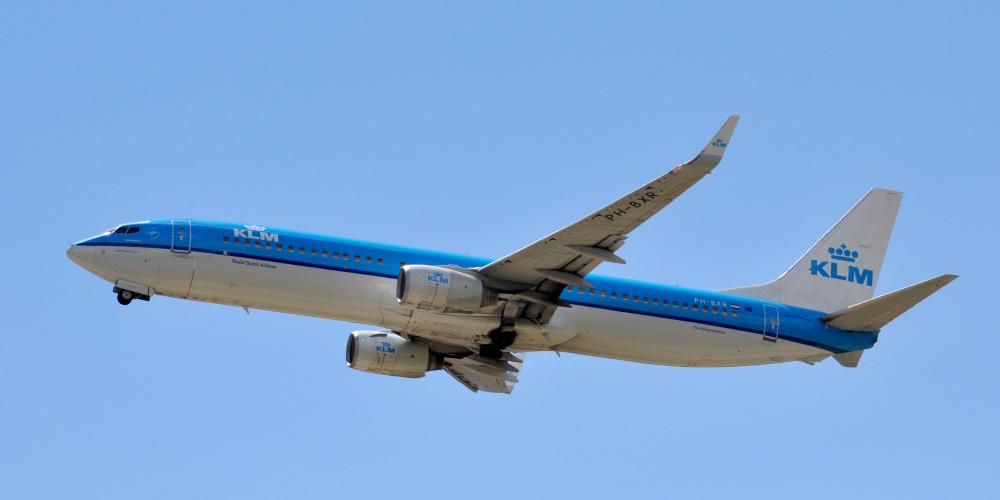
Boeing 737-9K2, registration PH-BXR, built 2001, serial number 29601
Cointrin (GVA), Geneva, Switzerland, 13 July 2017
737: Original | Classic |
Next Generation | MAX |
BBJ | 737
Boeing 737 MAX
The Boeing 737 MAX is a narrow-body aircraft series designed and produced by Boeing Commercial Airplanes as the fourth generation of the Boeing 737, succeeding the Boeing 737 Next Generation.
The program was launched on August 30, 2011. The first flight was on January 29, 2016. It gained FAA certification on March 8, 2017. The first delivery was a MAX-8 on May 6, 2017 to Malindo Air, which put it into service on May 22, 2017. The 737 MAX is based on earlier 737 designs. The MAX is re-engined with more efficient CFM International LEAP-1B powerplants, aerodynamic improvements (most notably split-tip winglets), and airframe modifications.
The 737 MAX series is offered in four lengths, typically offering 138 to 230 seats and a 3,215 to 3,825 nmi (5,954 to 7,084 km) range. The 737 MAX 7, MAX 8, and MAX 9 replace, respectively, the 737-700, -800, and -900. Additional length is offered with the further stretched 737 MAX 10. As of September 2018, the Boeing 737 MAX has received 4,783 firm orders.
In March 2019, the 737 MAX was grounded worldwide after two fatal crashes ( Lion Air on 29 October 2018 and Ethiopian Airlines on 10 March 2019) within a five-month period. The day after the Ethiopian Airlines crash, a subpoena (witness summons) was issued by a U.S. grand jury. On March 19, 2019, the Department of Transportation requested the Office of Inspector General to conduct an audit on the 737 MAX certification process and Congress also announced an investigation into the same process. The FBI has joined the criminal investigation into the certification as well. Concerns have also been expressed in relation to FAA rules that allowed Boeing to extensively "self-certify" aircraft.
The newly introduced Maneuvering Characteristics Augmentation System (MCAS) came under scrutiny in both accidents. MCAS is a supplementary automated flight control system installed only on the 737 MAX, and in published reports it is widely called an "anti-stall" system. Boeing disputes that description, calling MCAS a system that provides pilots with aircraft handling qualities similar to previous 737 versions. Under certain flight conditions and without pilot action, MCAS automatically lowers the nose of the aircraft when it determines that the upward pitch of the aircraft may become too steep, based on input from sensors. The system uses airspeed, altitude and angle of attack (AoA) to determine when to activate. Both aircraft experienced extreme fluctuations in vertical speed, as shown by publicly available satellite data, and the Ethiopian airplane crashed at a steep nose-down angle. Pilots in both aircraft reported flight control problems and requested permission to return to the airport.
In a private meeting November 27 after the Lion Air accident, American Airlines pilots pressed Boeing managers to develop an urgent fix for MCAS and suggested that the FAA require a safety review which could have grounded the airplanes. A recording of the meeting revealed pilots' anger that they were not informed about MCAS. One pilot was heard saying, "We flat out deserve to know what is on our airplanes".
In addition, the U.S. Aviation Safety Reporting System received messages about the 737 MAX from U.S. pilots in November 2018, including one from a captain who "expressed concern that some systems such as the MCAS are not fully described in the aircraft Flight Manual". U.S. pilots also complained about the way the 737 MAX performed, including claims of problems similar to those reported about the Lion Air crash. Pilots of at least two U.S. flights in 2018 reported the nose of the 737 MAX pitched down suddenly when they engaged the autopilot. The FAA stated in response that "Some of the reports reference possible issues with the autopilot/autothrottle, which is a separate system from MCAS, and/or acknowledge the problems could have been due to pilot error".
The impetus for Boeing to build the 737 MAX was serious competition from the Airbus A320neo, which was a threat to win a major order for aircraft from American Airlines, a traditional customer for Boeing airplanes. To avoid losing business, Boeing decided to update its venerable 737, rather than designing and building a brand-new airplane, which could take years longer. Boeing's goal was to ensure the 737 MAX would not need a new type rating, which would require significant additional pilot training, adding unacceptably to the overall cost of the airplane for customers. Boeing considered MCAS integral to the flight control system and did not include a description of the system in the flight manual, in keeping with the concept that the MAX was not a different type of airplane than the preceding version, the 737NG. Chief executive Dai Whittingham of the independent trade group UK Flight Safety Committee disputed that idea, saying the 737 MAX "is a different body and aircraft but certifiers gave it the same type rating."
On April 4, 2019 Boeing publicly acknowledged that MCAS played a role in both accidents and described an upcoming software update that would prevent the possibility of unintended MCAS activation. Boeing also said it would upgrade the cockpit display to give pilots a better indication of MCAS status and would improve pilot training materials.
On May 16, 2019, Boeing announced that it had completed the software update and is awaiting approval from the FAA.
On May 17, after discovering 737 MAX flight simulators could not adequately replicate MCAS activation, Boeing corrected the software to improve the force feedback of the manual trim wheel and to ensure realism. Boeing hoped that simulator training isn't required for 737 NG pilots to fly 737 MAX on a common type rating. Computer training is deemed sufficient by the FAA Flight Safety Standards Board, the US Airline Pilots Association and Southwest Airlines pilots, but not preferred by Transport Canada and American Airlines.
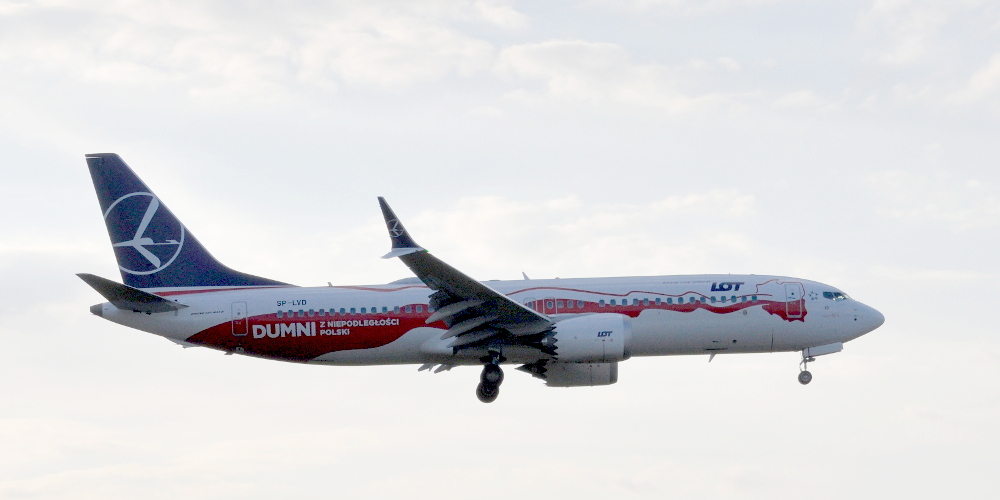
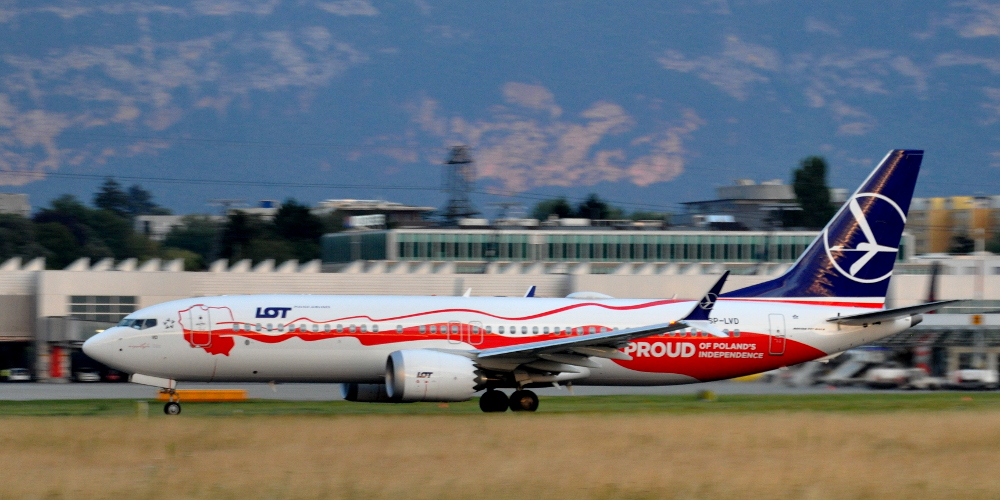
Boeing 737-8 MAX, registration SP-LVD, built 2018, serial number 64069
Cointrin (GVA), Geneva, Switzerland, 22 July 2018
737: Original | Classic |
Next Generation | MAX |
BBJ | 737
Boeing BBJ
The BBJ (Boeing Business Jet) designation denotes the business jets based upon the 737 series airliners. These aircraft usually seat between 25 and 50 passengers within a luxurious configuration. This may include a master bedroom, a washroom with showers, a conference/dining area, and a living area. Model BBJ1 is based on the 737-700, model BBJ2 on the 737-800, model BBJ3 on the 737-900ER.
Boeing Business Jets also has corporate jet configurations based on the 737 MAX, 777X, 787 and the 747-8 Intercontinental, which are known as 737 MAX VIP, 777X VIP, 787 VIP, and 747-8 VIP, respectively.
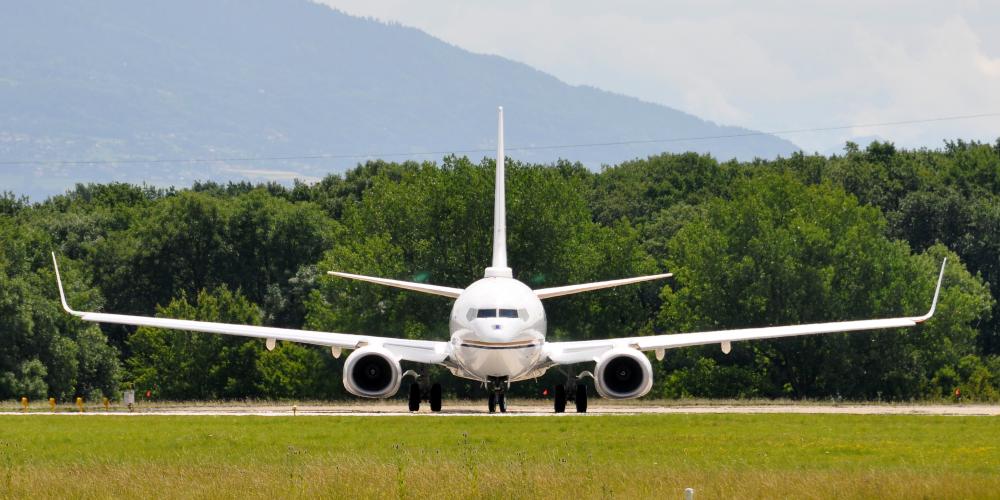
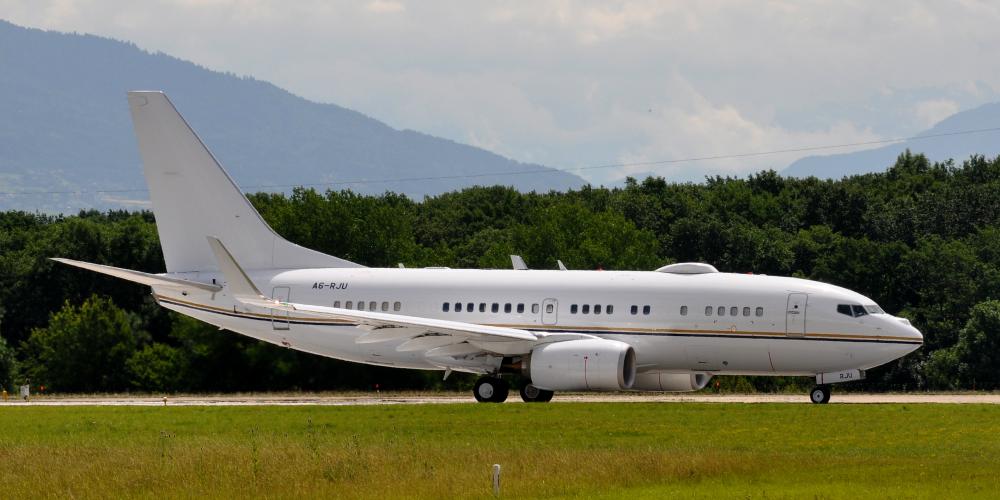
Boeing 737-77W (BBJ1), registration A6-RJU, built 2015, serial number 62468
Cointrin (GVA), Geneva, Switzerland, 11 July 2017
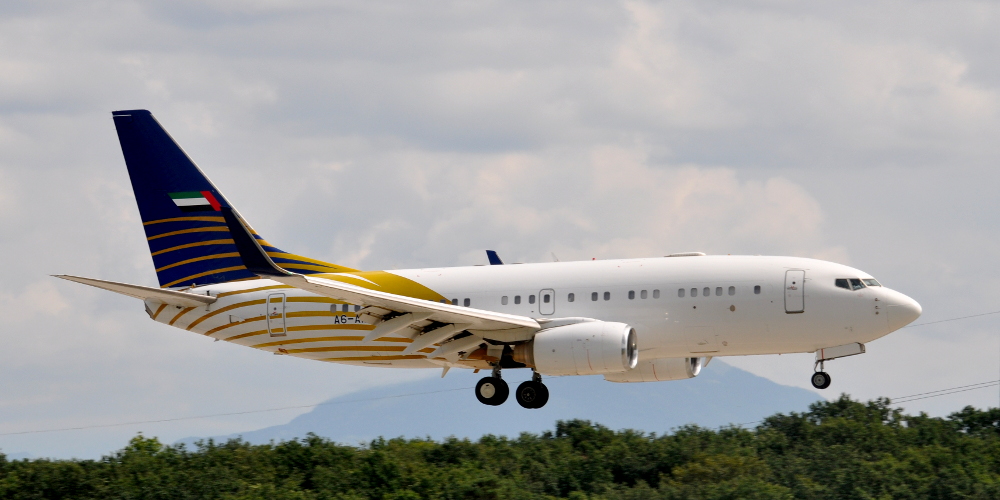
Boeing 737-7Z5 (BBJ1), registration A6-AIN, built 1999, serial number 29268
Cointrin (GVA), Geneva, Switzerland, 24 August 2018
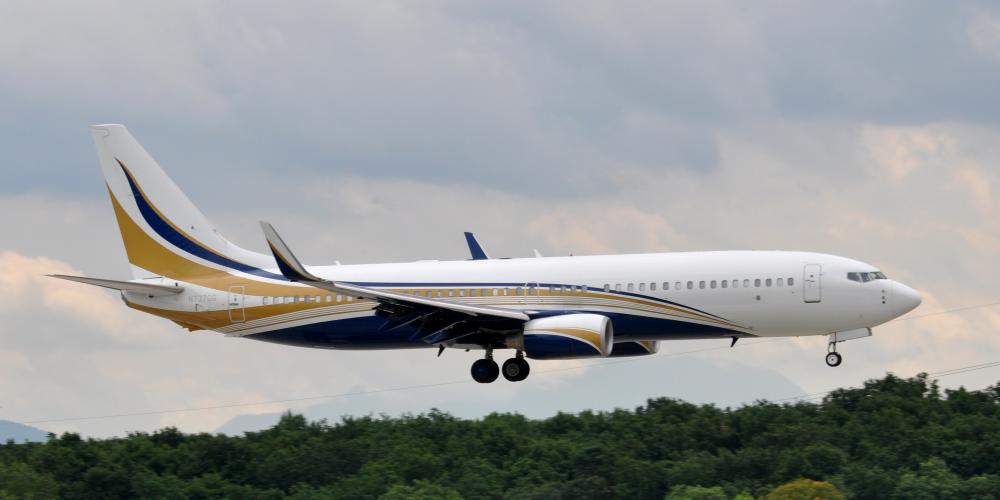
Boeing 737-8KT(W) (BBJ2), registration N737GG, built 2010, serial number 40118
Cointrin (GVA), Geneva, Switzerland, 10 July 2017
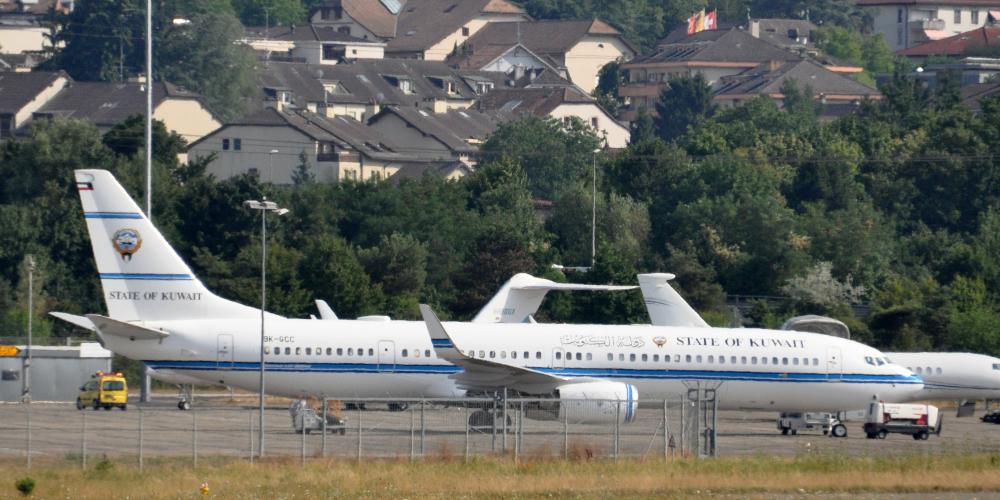
Boeing 737-9BQ(ER) (BBJ3), registration 9K-GCC, built 2009, serial number 37632
Cointrin (GVA), Geneva, Switzerland, 17 July 2015
717 | 727 |
737 | 747 |
757 | 767 |
777 | 787
Boeing 747
The Boeing 747 is an American wide-body commercial jet airliner and cargo aircraft, often referred to by its original nickname, Jumbo Jet. Its distinctive "hump" upper deck along the forward part of the aircraft makes it among the world's most recognizable aircraft, and it was the first wide-body produced. The original version of the 747 was envisioned to have 150 percent greater capacity than the Boeing 707, one of the common large commercial aircraft of the 1960s. First flown commercially in 1970, the 747 held the passenger capacity record for 37 years.
The four-engine 747 uses a double deck configuration for part of its length. It is available in passenger, freighter and other versions. Boeing designed the 747's hump-like upper deck to serve as a first class lounge or extra seating, and to allow the aircraft to be easily converted to a cargo carrier by removing seats and installing a front cargo door. Boeing did so because the company expected supersonic airliners (development of which was announced in the early 1960s) to render the 747 and other subsonic airliners obsolete, while the demand for subsonic cargo aircraft would be robust well into the future.
The 747-400, the most common passenger version in service, has a high-subsonic cruise speed of Mach 0.85–0.855 (up to 920 km/h) with an intercontinental range of 13,450 km. The 747-400 passenger version can accommodate 416 passengers in a typical three-class layout, 524 passengers in a typical two-class layout, or 660 passengers in a high density one-class configuration. The newest version of the aircraft, the 747-8, is in production and received certification in 2011. Deliveries of the 747-8F freighter version began in October 2011; deliveries of the 747-8I passenger version began in May 2012.
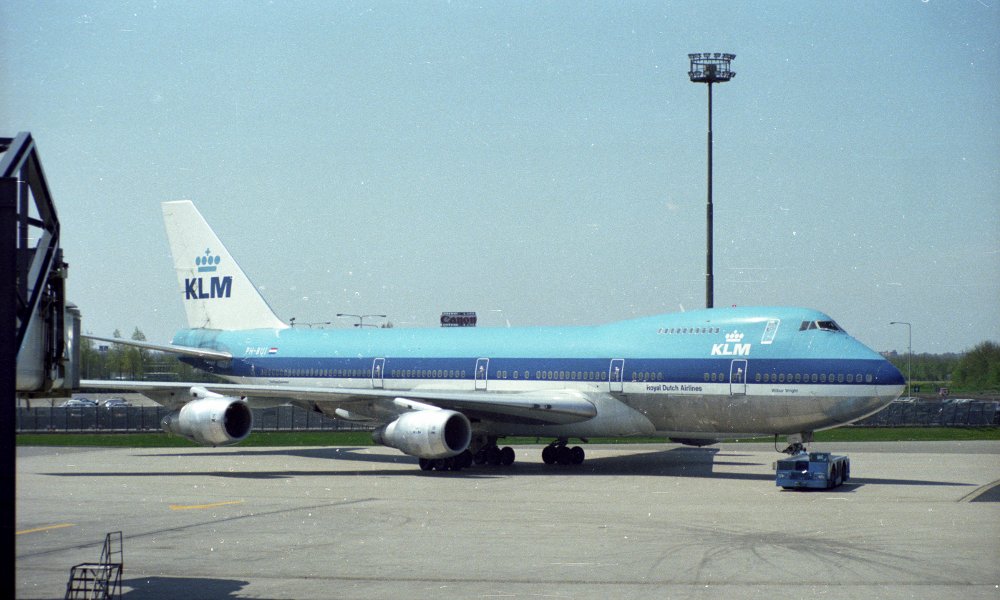
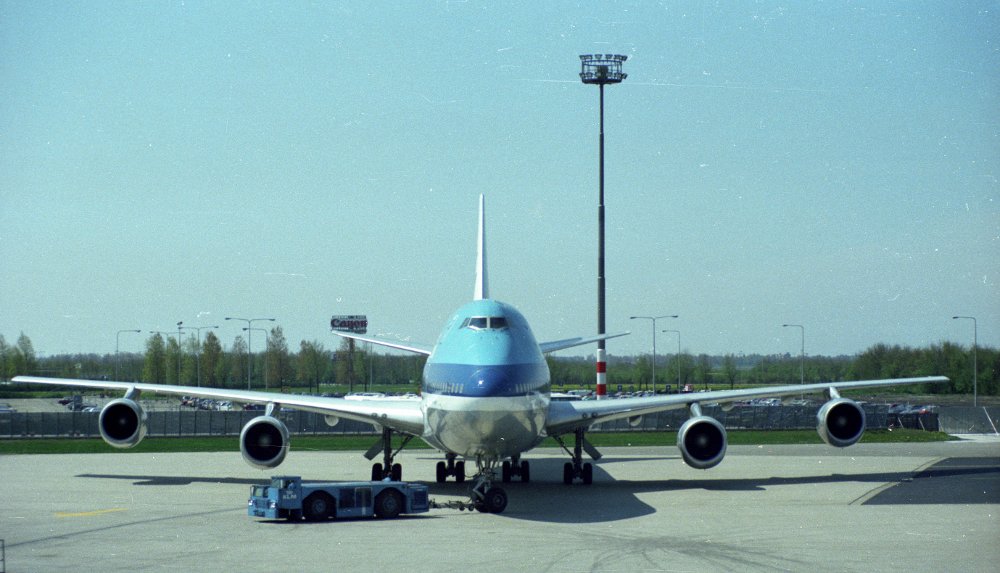
Boeing 747-206B, registration PH-BUI, built 1975, serial number 21111
Schiphol (AMS/EHAM), Amsterdam, Netherlands, 9 May 1982

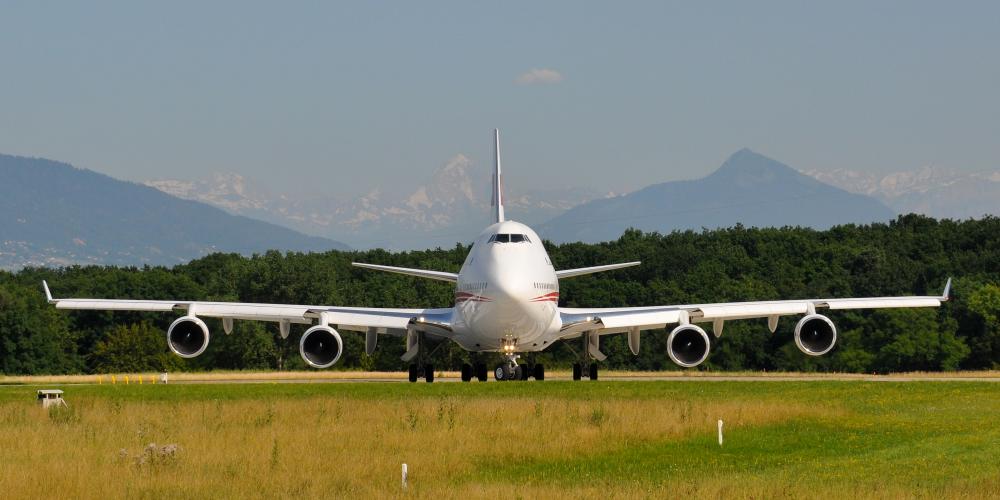
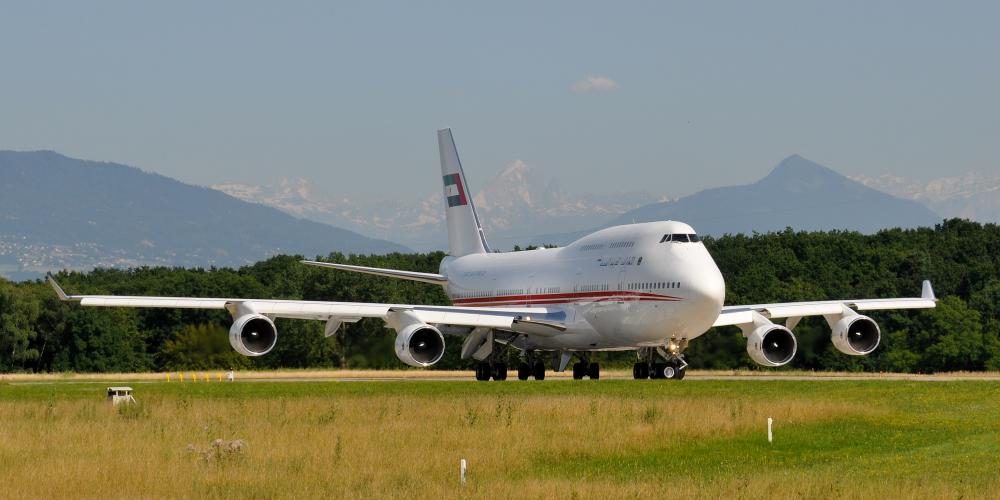
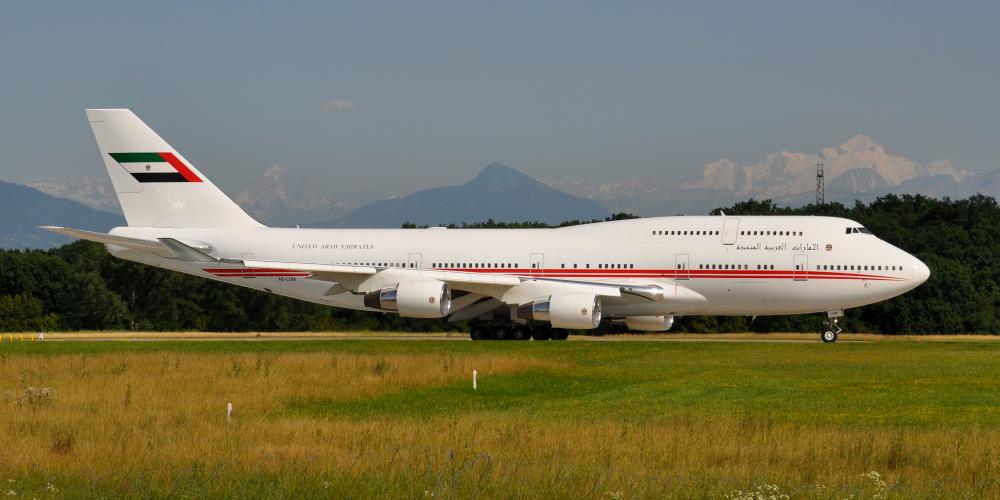
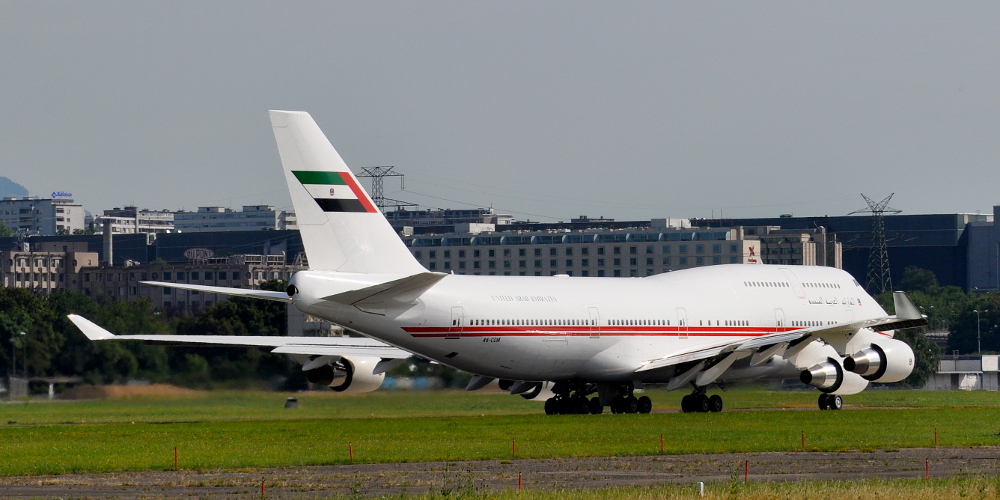
Boeing 747-433, registration A6-COM, built 1991, serial number 25074
Cointrin (GVA), Geneva, Switzerland, 20 July 2016
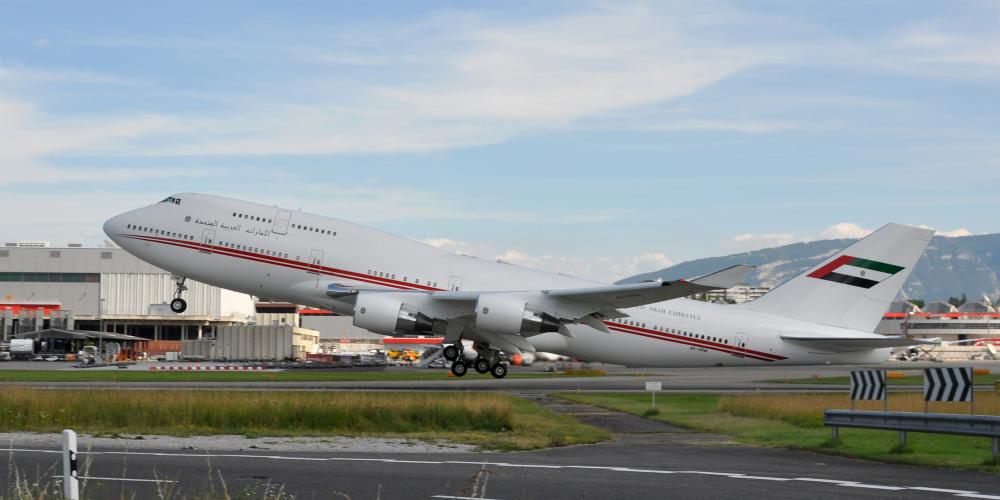
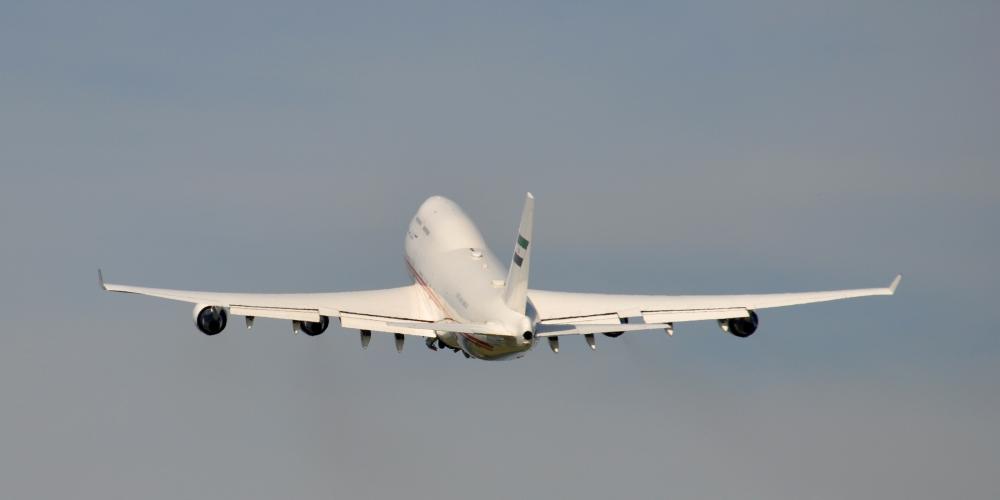
Boeing 747-422, registration A6-HRM, built 1998, serial number 26903
Cointrin (GVA), Geneva, Switzerland, 6 June 2016
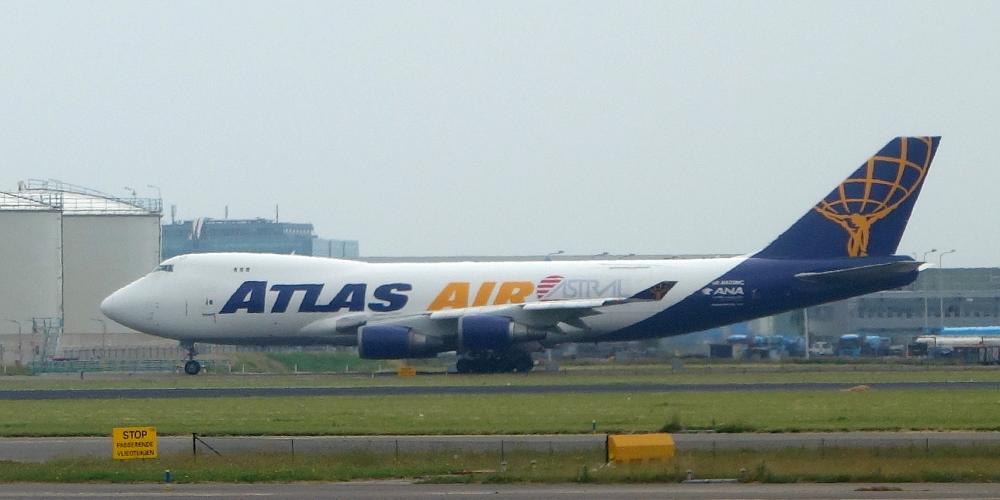
Boeing 747-47U/F, registration N408MC, built 1998, serial number 29261
Schiphol (AMS/EHAM), Amsterdam, Netherlands, 12 June 2016
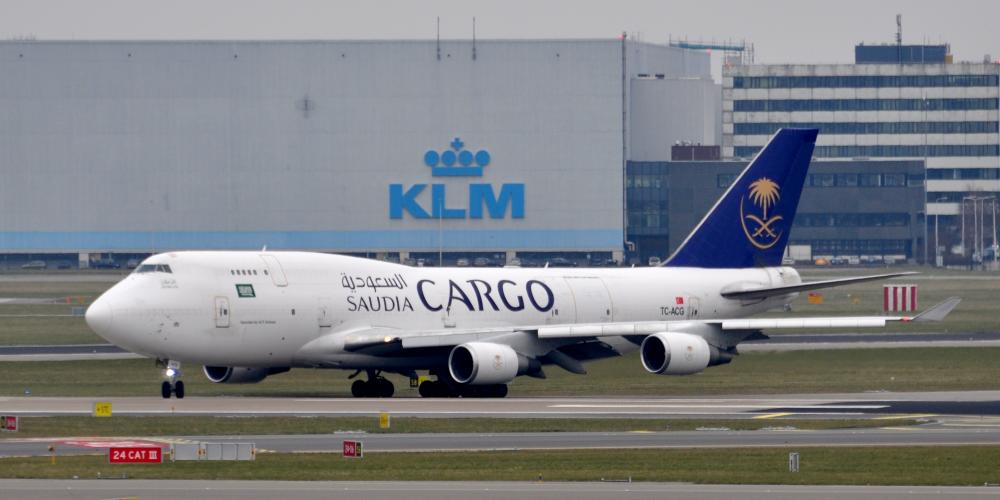
Boeing 747-481/BDSF, registration TC-ACG, built 1992, serial number 25641
Schiphol (AMS/EHAM), Amsterdam, Netherlands, 23 March 2018
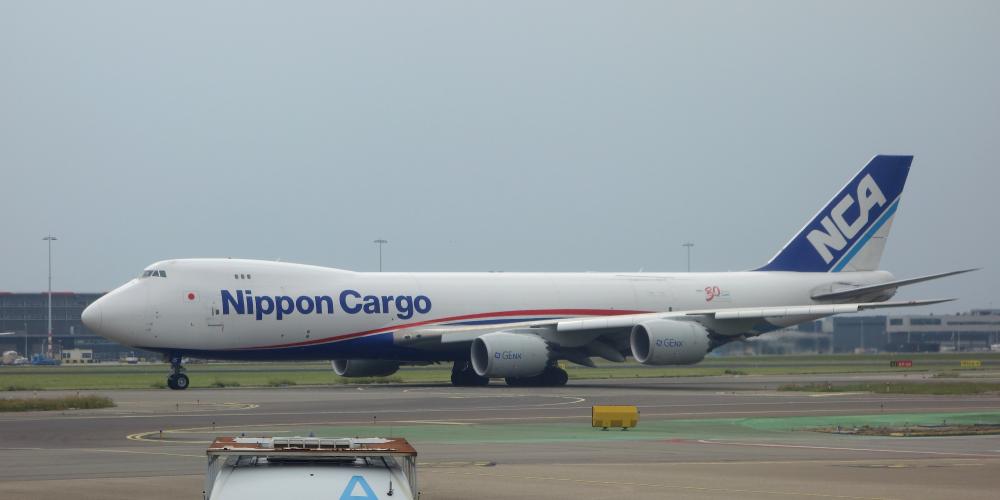
Boeing 747-8KZ(F), registration JA15KZ, built 2013, serial number 36139
Schiphol (AMS), Amsterdam, the Netherlands, 12 June 2016
717 | 727 |
737 | 747 |
757 | 767 |
777 | 787
Boeing 757
The Boeing 757 is a mid-size, narrow-body twin-engine jet airliner. It is the manufacturer's largest single-aisle passenger aircraft and was produced from 1981 to 2004. The twinjet has a two-crew member glass cockpit, turbofan engines of sufficient power to allow takeoffs from relatively short runways and higher altitudes, a conventional tail and, for reduced aerodynamic drag, a supercritical wing design. Intended to replace the smaller three-engine 727 on short and medium routes, the 757 can carry 200 to 295 passengers for a maximum of 5,830 to 7,590 km, depending on variant. The 757 was designed concurrently with a wide-body twinjet, the 767, and owing to shared features pilots can obtain a common type rating that allows them to operate both aircraft.
The 757 was produced in two fuselage lengths. The original 757-200 entered service in 1983; the 757-200PF, a package freighter (PF) variant, and the 757-200M, a passenger-freighter combi model, debuted in the late 1980s. The stretched 757-300, the longest narrow-body twinjet ever produced, began service in 1999. Passenger 757-200s have been modified to special freighter (SF) specification for cargo use, while military derivatives include the C-32 transport, VIP carriers, and other multi-purpose aircraft. Private and government operators have also customized the 757 for research and transport roles. All 757s are powered by Rolls-Royce RB211 or Pratt & Whitney PW2000 series turbofans.
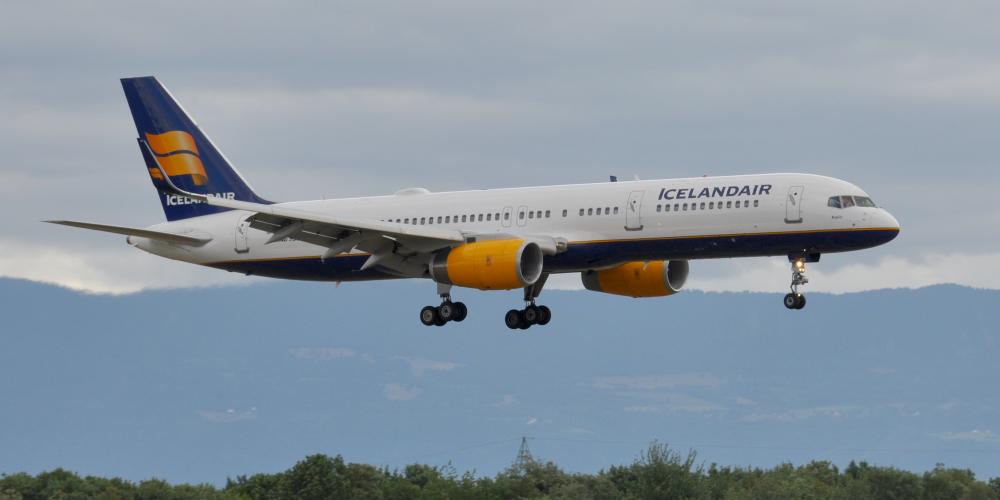
Boeing 757-256, registration TF-FIZ, built 2000, serial number 30052
Cointrin (GVA), Geneva, Switzerland, 25 July 2015

Boeing 757-208, registration TF-FIV, built 2001, serial number 30424
Schiphol (AMS), Amsterdam, Netherlands, 6 June 2013

Boeing 757-3E7(WL), registration 4X-BAU, built 1999, serial number 30187
Schiphol (AMS), Amsterdam, Netherlands, 23 March 2018
717 | 727 |
737 | 747 |
757 | 767 |
777 | 787
Boeing 767
The Boeing 767 is a mid- to large-size, long-range, wide-body twin-engine jet airliner. It was Boeing's first wide-body twinjet and its first airliner with a two-crew glass cockpit. The aircraft has two turbofan engines, a conventional tail, and, for reduced aerodynamic drag, a supercritical wing design. Designed as a smaller wide-body airliner than earlier aircraft such as the 747, the 767 has seating capacity for 181 to 375 people, and a design range of 7,130 to 11,825 km, depending on variant. Development of the 767 occurred in tandem with a narrow-body twinjet, the 757, resulting in shared design features which allow pilots to obtain a common type rating to operate both aircraft.
The 767 is produced in three fuselage lengths. The original 767-200 entered service in 1982, followed by the 767-300 in 1986 and the 767-400ER, an extended-range (ER) variant, in 2000. The extended-range 767-200ER and 767-300ER models entered service in 1984 and 1988, respectively, while a production freighter version, the 767-300F, debuted in 1995. Conversion programs have modified passenger 767-200 and 767-300 series aircraft for cargo use, while military derivatives include the E-767 surveillance aircraft, the KC-767 and KC-46 aerial tankers, and VIP transports. Engines featured on the 767 include the General Electric CF6, Pratt & Whitney JT9D and PW4000, and Rolls-Royce RB211 turbofans.
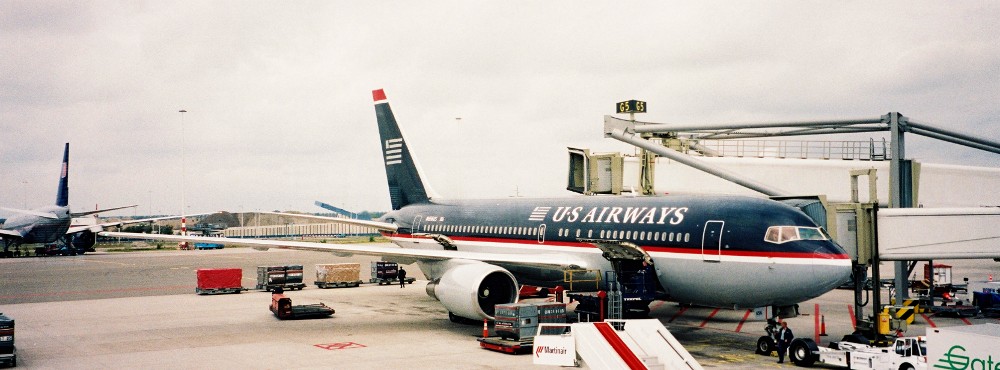
Boeing 767-2B7/ER, registration N656US, built 1993, serial number 26847
Schiphol (AMS/EHAM), Amsterdam, Netherlands, 6 August 2001
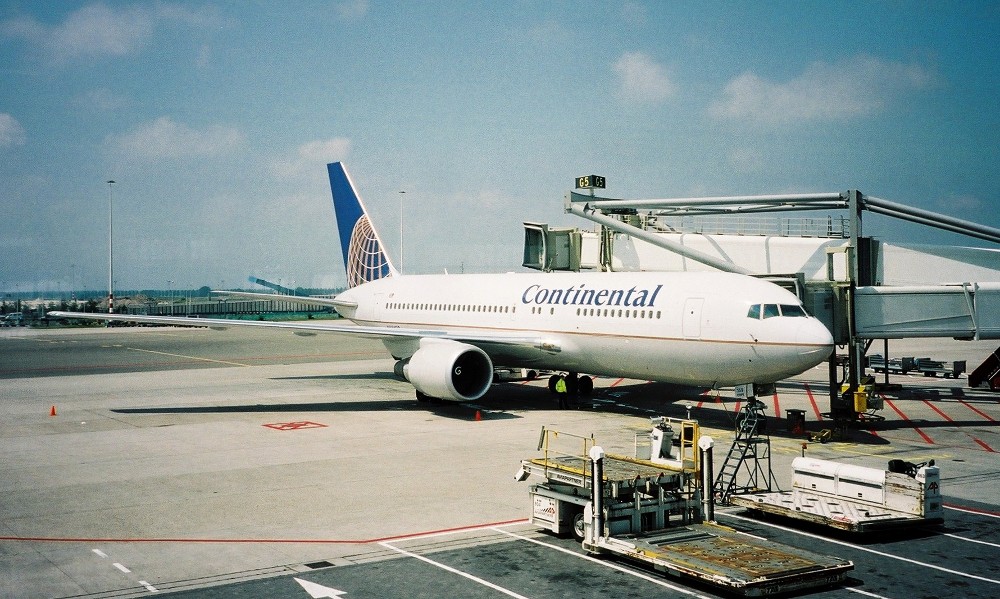
Boeing 767-224/ER, registration N68159, built 2001, serial number 30438
Schiphol (AMS/EHAM), Amsterdam, Netherlands, 15 July 2002
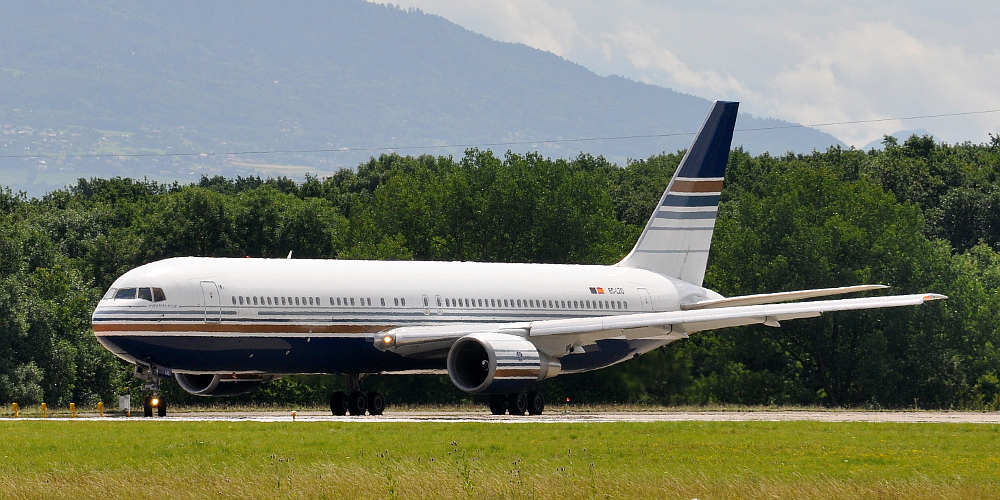
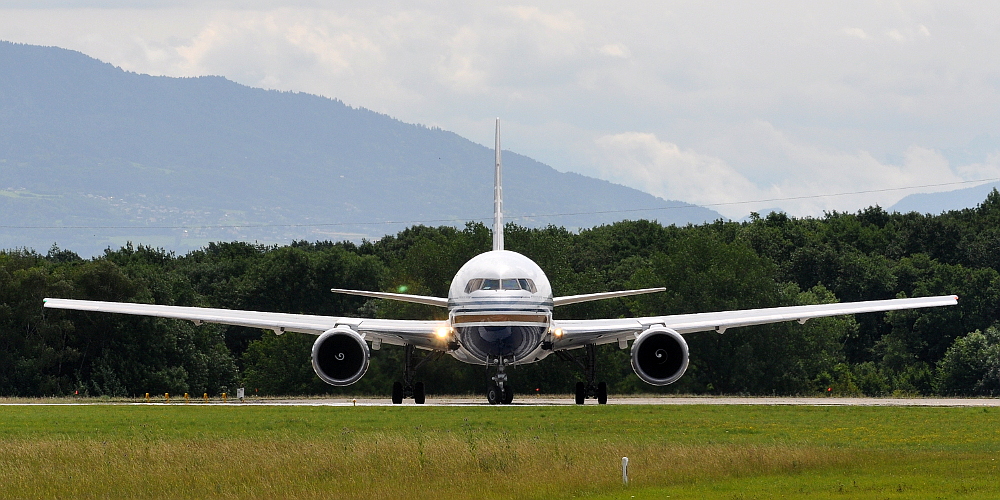
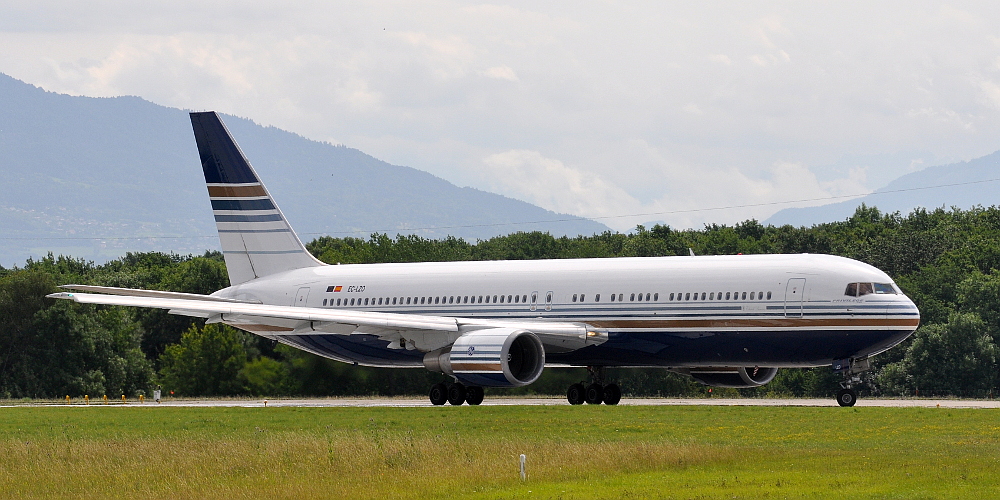
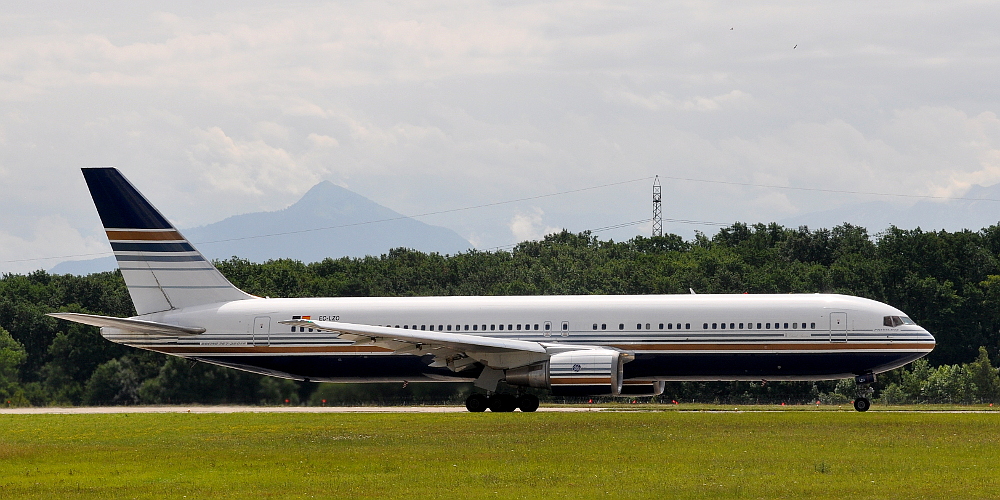
Boeing 767-35D(ER), registration EC-LZO, built 1995, serial number 27902
Cointrin (GVA), Geneva, Switzerland, 11 July 2017
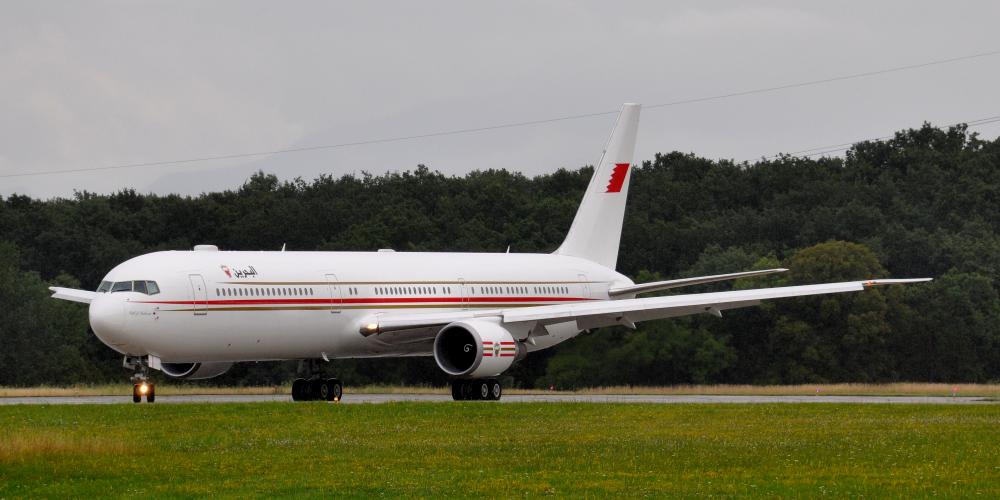
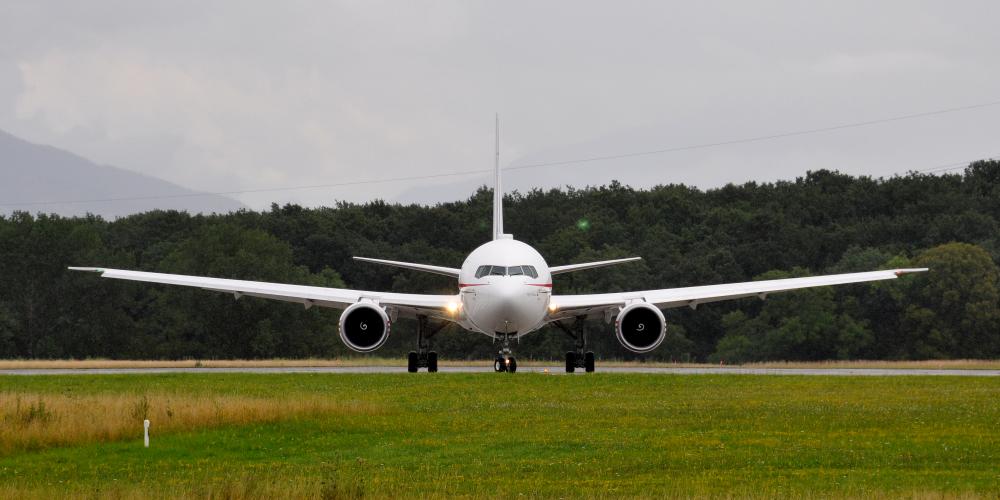

Boeing 767-4FS, registration A9C-HMH, built 2008, serial number 34205
Cointrin (GVA), Geneva, Switzerland, 22 June 2016
717 | 727 |
737 | 747 |
757 | 767 |
777 | 787
Boeing 777
The Boeing 777 is a family of long-range wide-body twin-engine jet airliners. It is the world's largest twinjet and has a typical seating capacity of 314 to 396 passengers, with a range of 9,704 to 15,844 km. Commonly referred to as the "Triple Seven", its distinguishing features include the largest-diameter turbofan engines of any aircraft, six wheels on each main landing gear, fully circular fuselage cross-section, and a blade-shaped tail cone. Developed in consultation with eight major airlines, the 777 was designed to replace older wide-body airliners and bridge the capacity difference between Boeing's 767 and 747. As Boeing's first fly-by-wire airliner, it has computer-mediated controls. It was also the first commercial aircraft to be designed entirely with computer-aided design.
The 777 is produced in two fuselage lengths as of 2017. The original 777-200 variant entered commercial service in 1995, followed by the extended-range 777-200ER in 1997. The stretched 777-300, which is 10.1 m longer, followed in 1998. The initial 777-200, -200ER and -300 versions are equipped with General Electric GE90, Pratt & Whitney PW4000, or Rolls-Royce Trent 800 engines. The extended-range 777-300ER and ultra long-range 777-200LR variants entered service in 2004 and 2006 respectively, while the 777F, a freighter version, debuted in February 2009; these variants all feature high-output GE90 engines and extended raked wingtips. The 777-200LR is the world's longest-range airliner, able to fly more than halfway around the globe, and holds the record for the longest distance flown non-stop by a commercial aircraft.
The 777 first entered commercial service with United Airlines on 7 June 1995. The most common and successful variant is the 777-300ER.
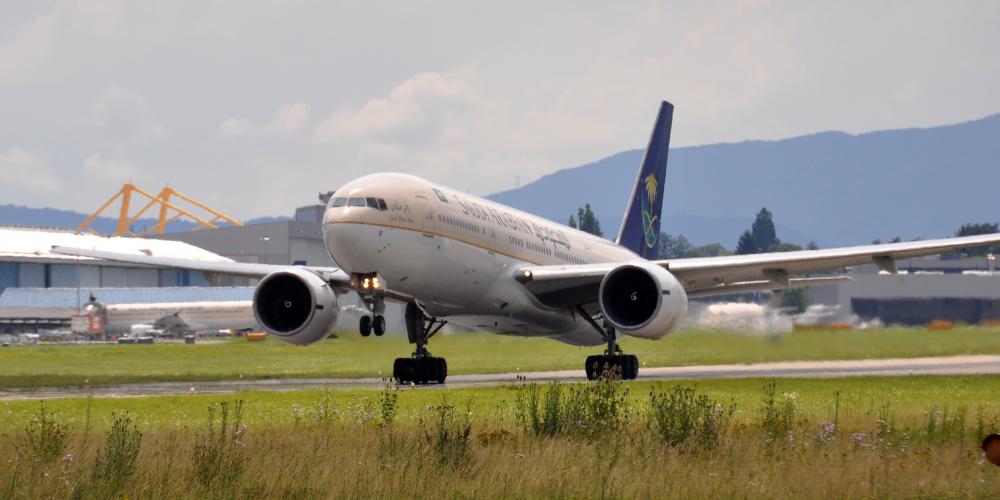
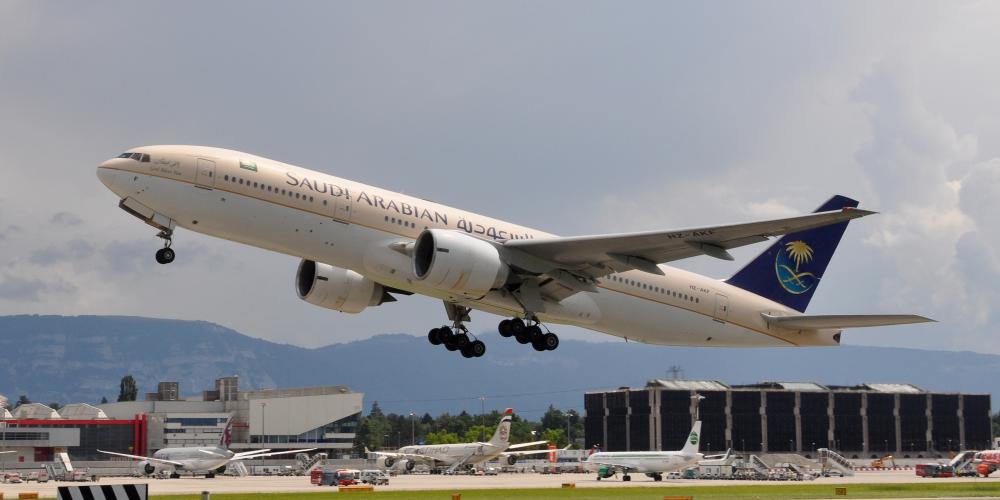
Boeing 777-268(ER), registration HZ-AKF, built 1998, serial number 28349
Cointrin (GVA), Geneva, Switzerland, 23 July 2016
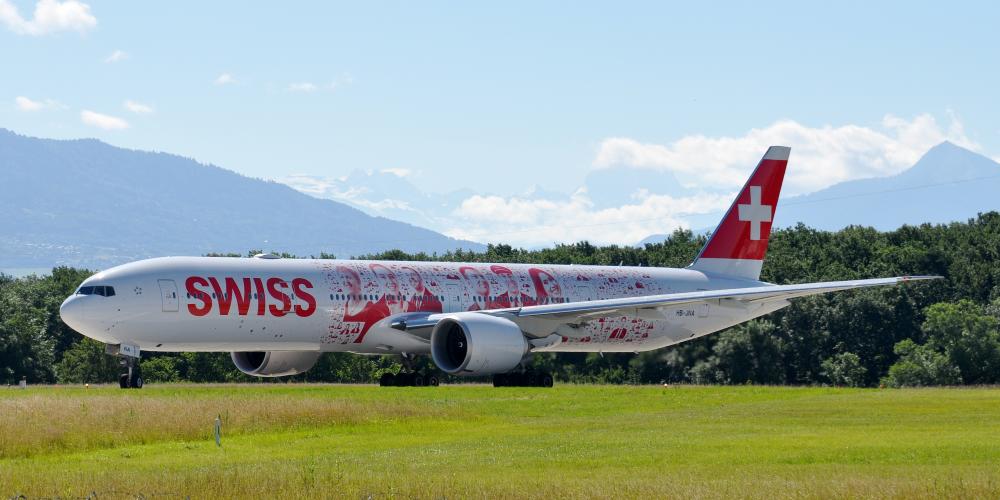
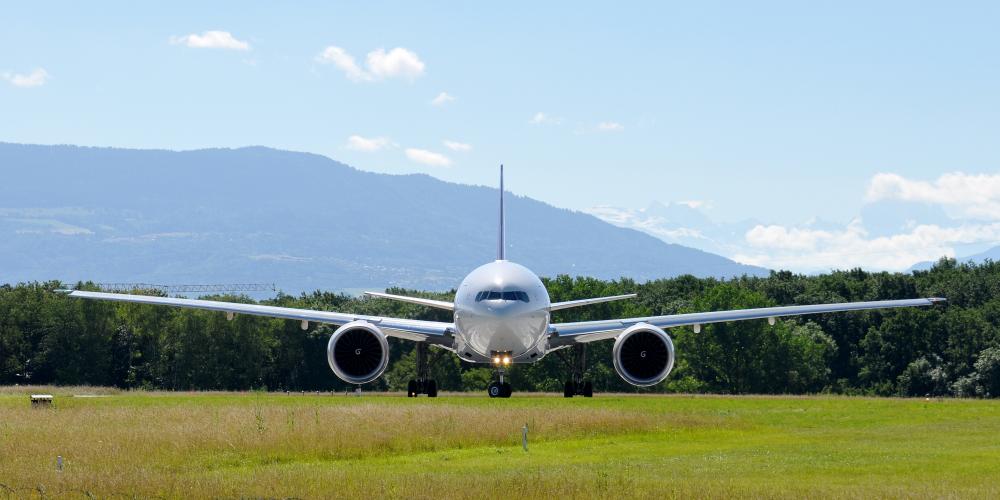
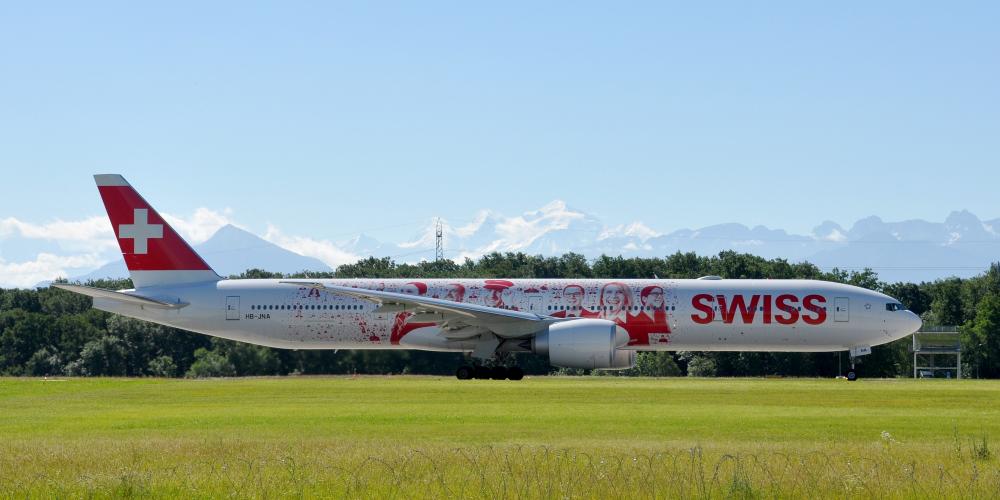
Boeing 777-3DE, registration HB-JNA, built 2015, serial number 44582
Cointrin (GVA), Geneva, Switzerland, 3 July 2016
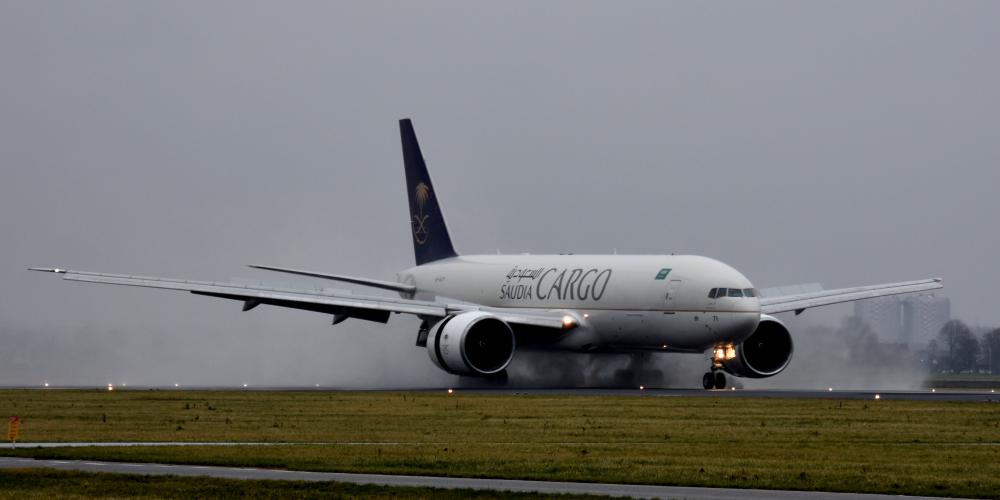
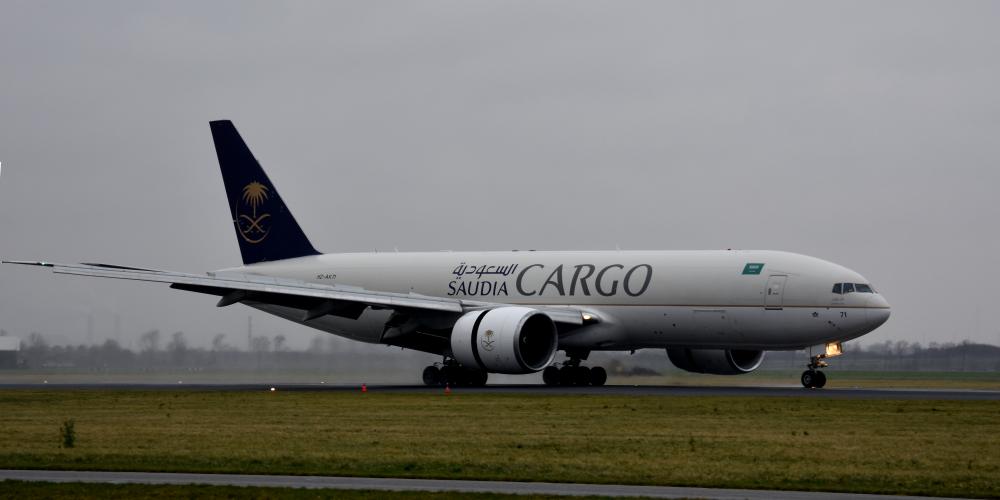
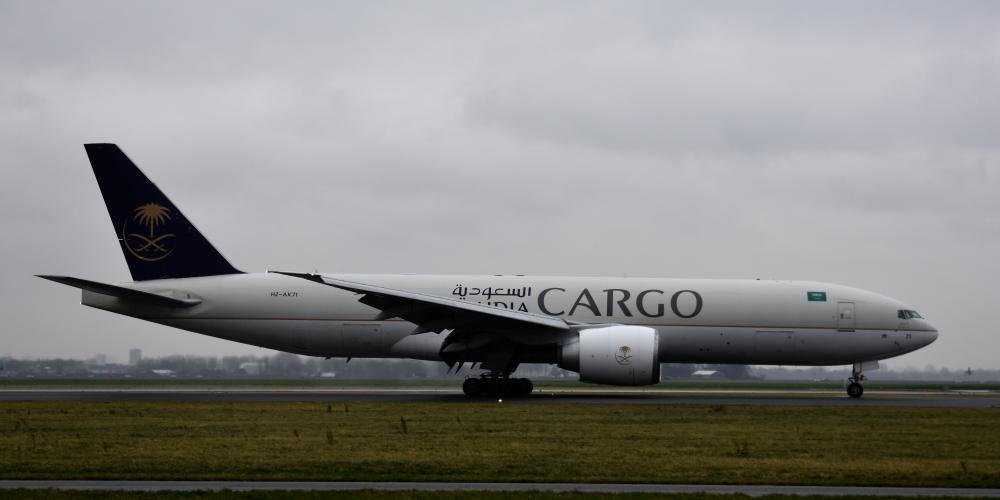
Boeing 777-FFG, registration HZ-AK71, built 2015, serial number 60337
Schiphol (AMS/EHAM), Amsterdam, Netherlands, 12 January 2020
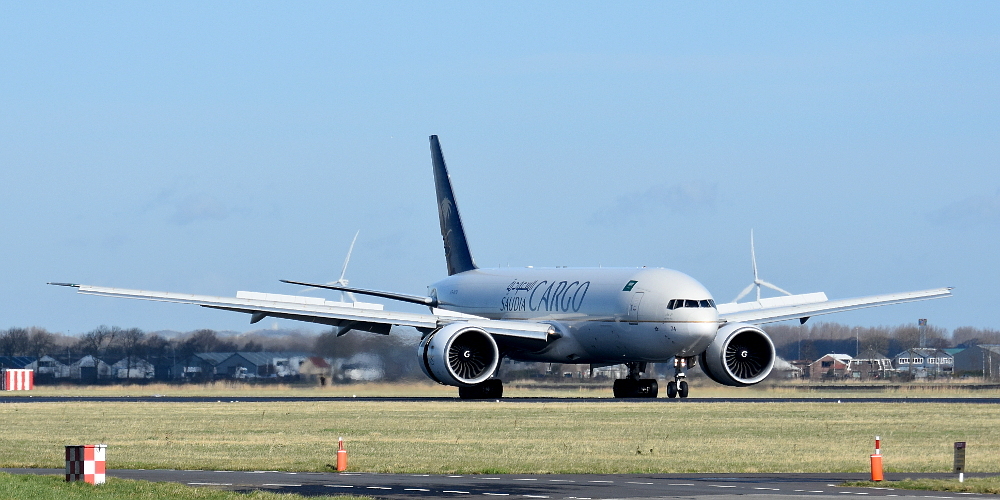
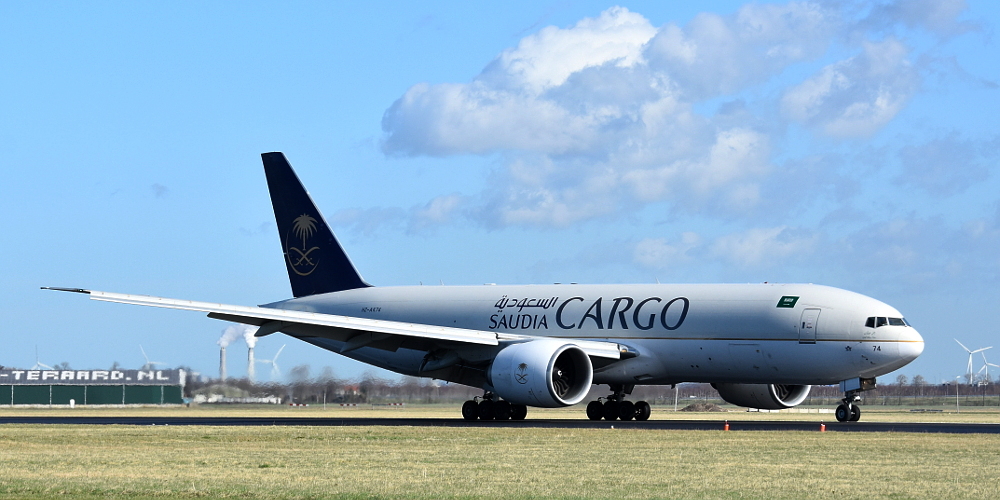
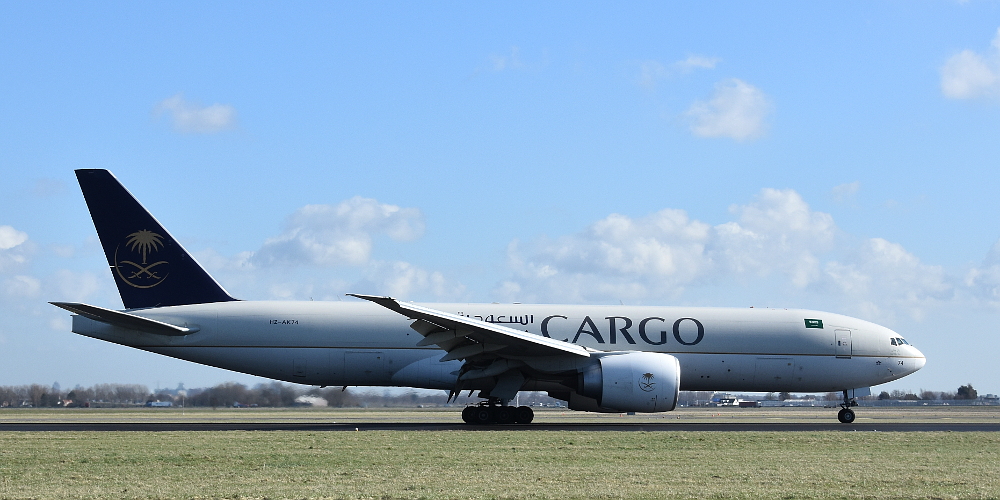
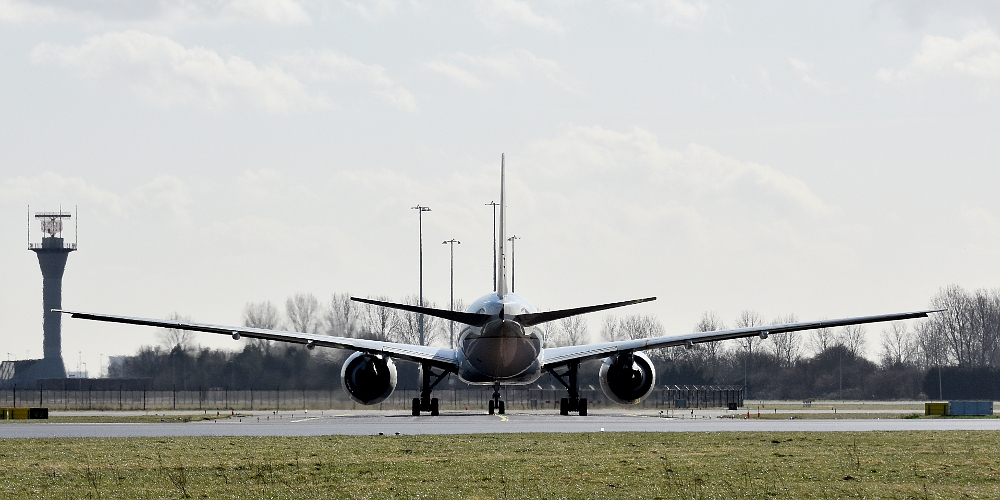
Boeing 777-FFG, registration HZ-AK74, built 2015, serial number 60340
Schiphol (AMS/EHAM), Amsterdam, Netherlands, 23 February 2022
717 | 727 |
737 | 747 |
757 | 767 |
777 | 787
Boeing 787
The Boeing 787 Dreamliner is an American long-haul, mid-size widebody, twin-engine jet airliner. Its variants seat 242 to 335 passengers in typical three-class seating configurations. It is Boeing's most fuel-efficient airliner and is a pioneering airliner with the use of composite materials as the primary material in the construction of its airframe. The 787 was designed to be 20% more fuel efficient than the Boeing 767, which it was intended to replace. The 787 Dreamliner's distinguishing features include mostly electrical flight systems, raked wingtips, and noise-reducing chevrons on its engine nacelles. It shares a common type rating with the larger Boeing 777 to allow qualified pilots to operate both models.
The aircraft's initial designation was the 7E7, prior to its renaming in January 2005. The first 787 was unveiled in a roll-out ceremony on July 8, 2007 at Boeing's Everett factory. Development and production of the 787 has involved a large-scale collaboration with numerous suppliers worldwide. Final assembly takes place at the Boeing Everett Factory in Everett, Washington, and at the Boeing South Carolina factory in North Charleston, South Carolina. Originally planned to enter service in May 2008, the project experienced multiple delays. The airliner's maiden flight took place on December 15, 2009, and completed flight testing in mid-2011.
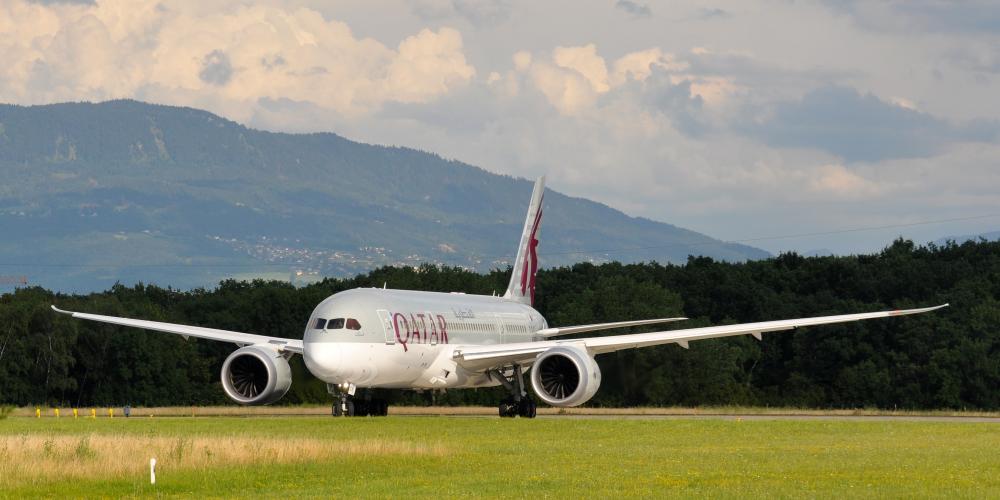
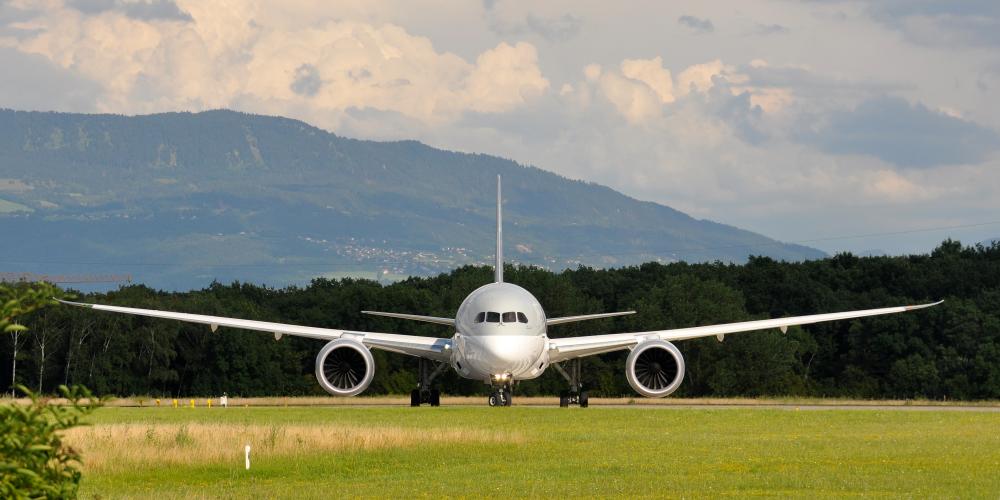

Boeing 787-8 Dreamliner, registration A7-BCN, built 2014, serial number 38332
Cointrin (GVA), Geneva, Switzerland, 27 July 2016
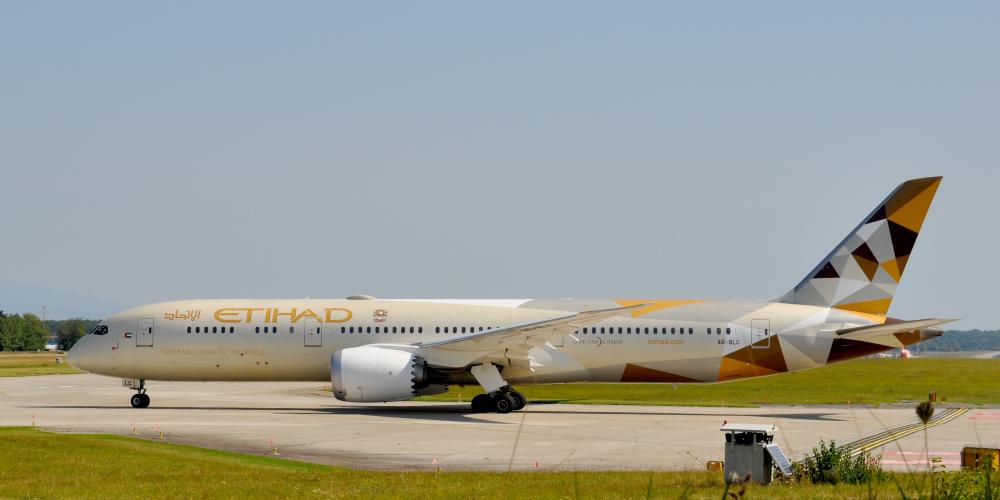
Boeing 787-9 Dreamliner, registration A6-BLC, built 2015, serial number 39648
Cointrin (GVA), Geneva, Switzerland, 21 August 2018

Boeing 787-10 Dreamliner, registration N12005, built 2019, serial number 40937
Nijmegen, Netherlands, 9 May 2020
717 | 727 |
737 | 747 |
757 | 767 |
777 | 787
|






































































